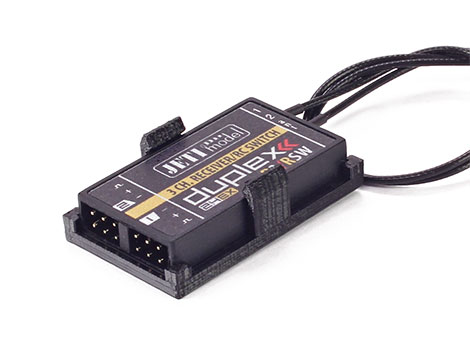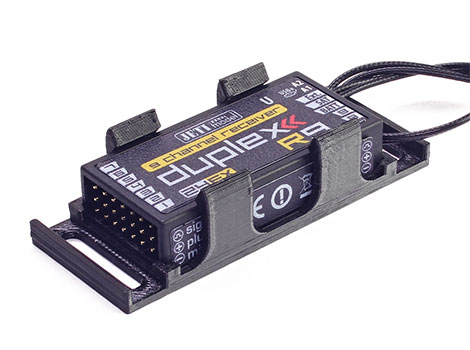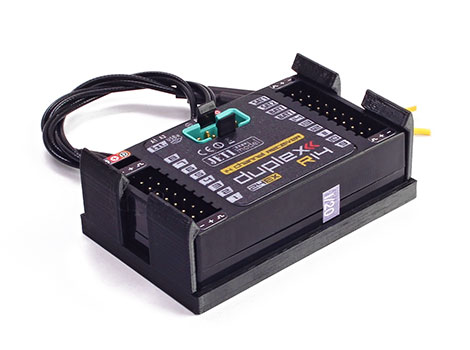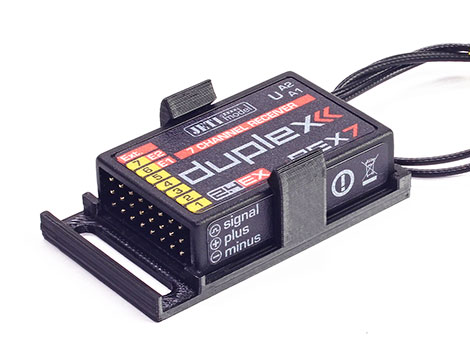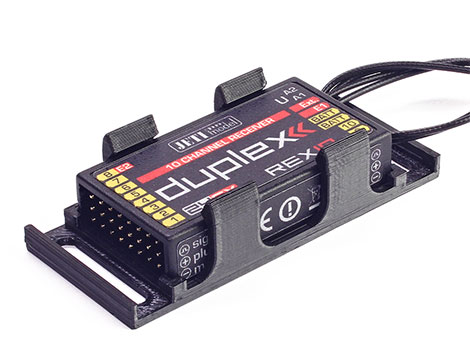Another Round of DS-12s FCC’d!
James just finished the final FCC steps on another batch of DS-12s. We can’t seem to keep up!
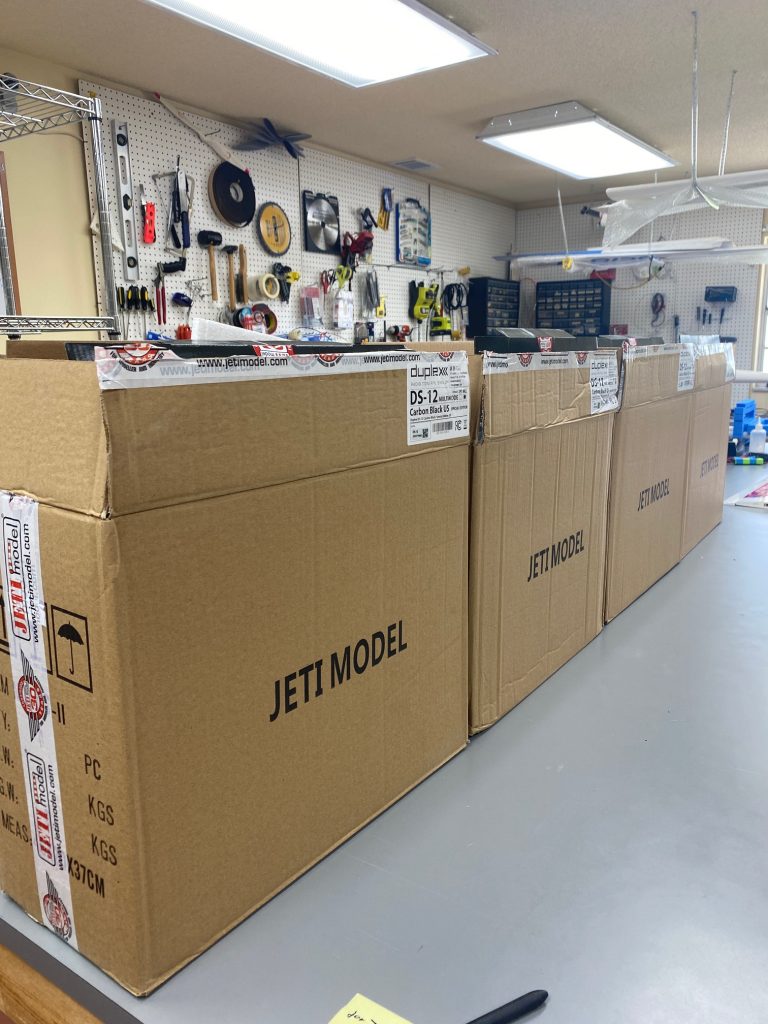
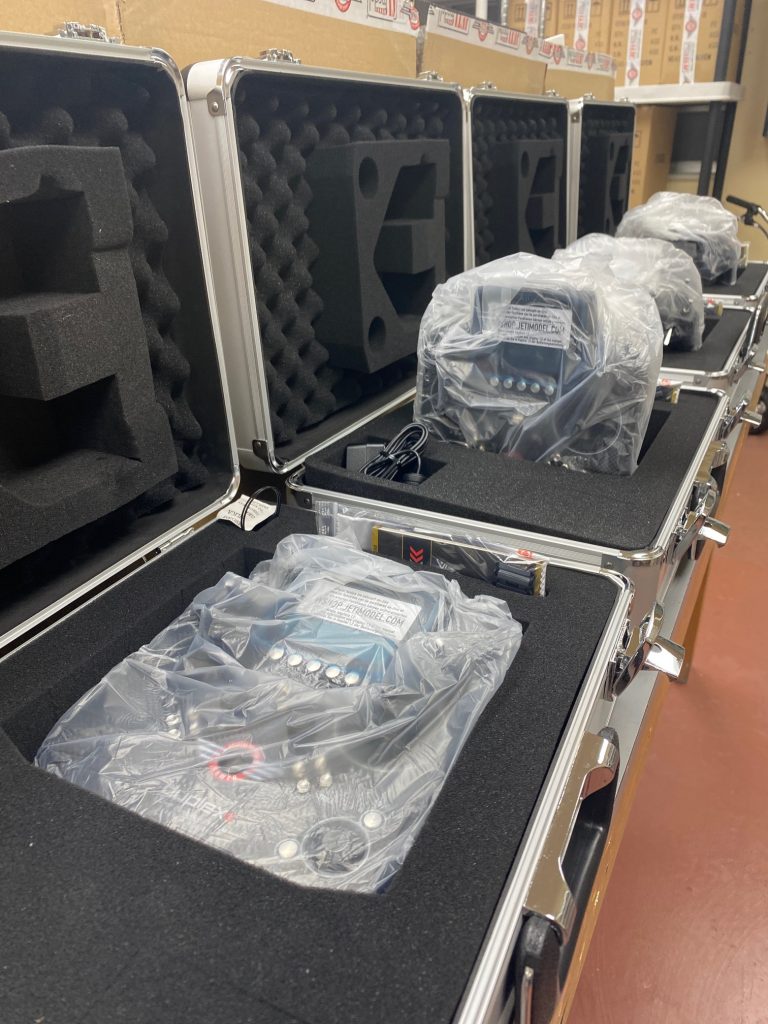
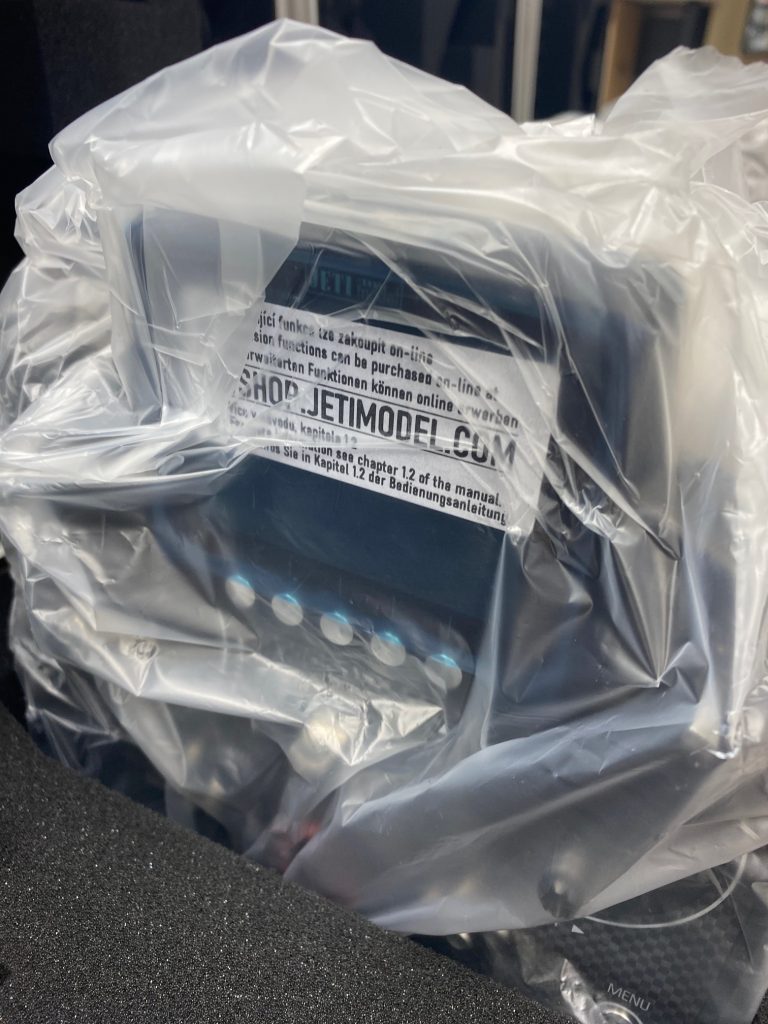
Take a look at how martin Popovsky uses the modified back cover to enhance his flying experience!
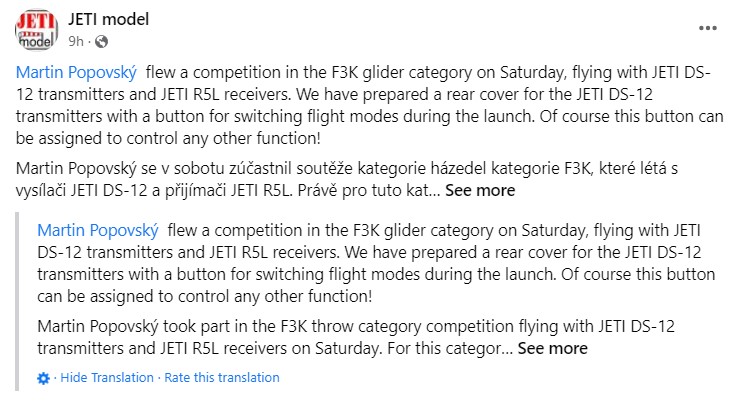
Learn more, including other uses, about the DS-12 Back Cover w/Expander Module MSW, Momentary Button Switch here!
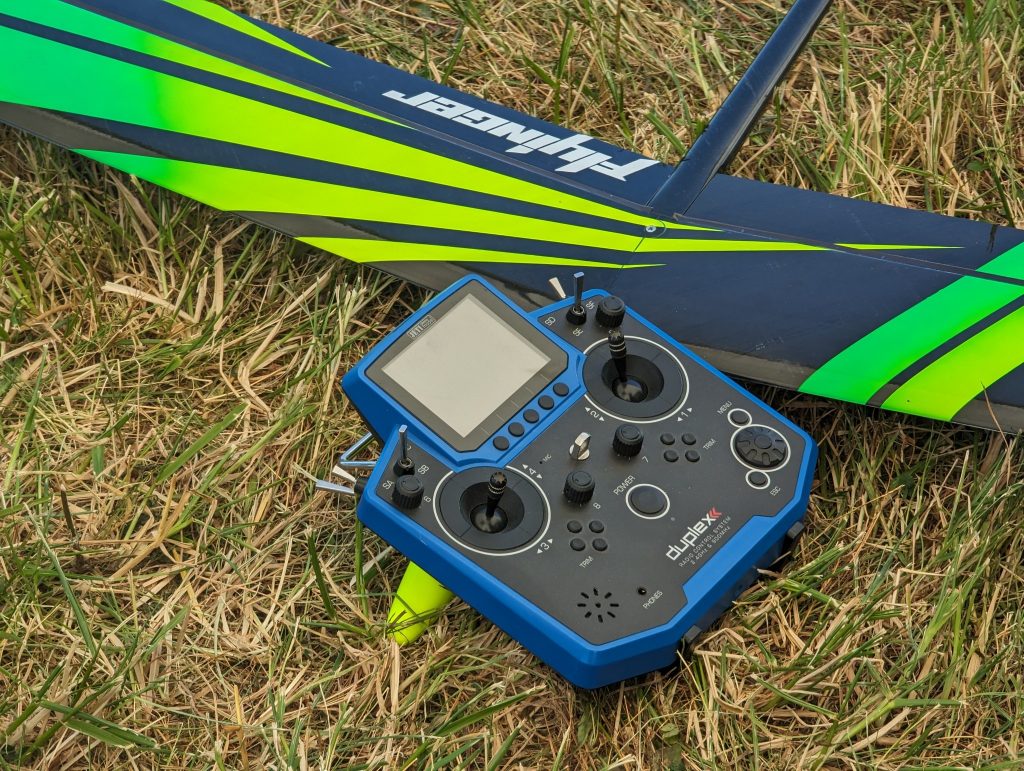
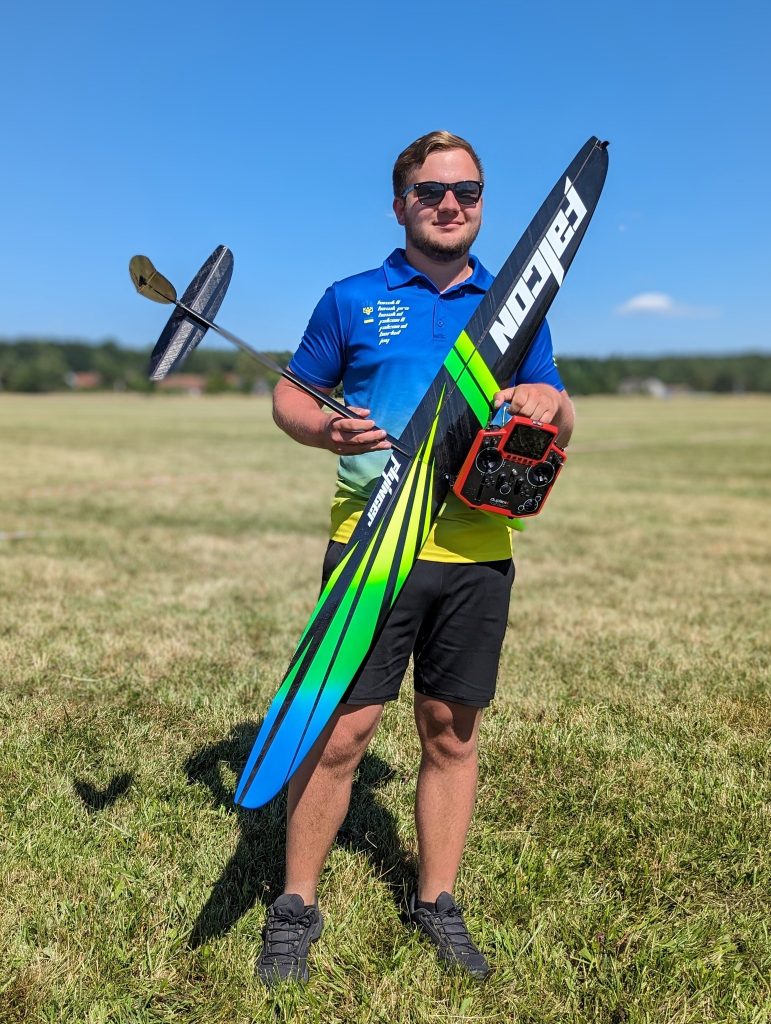
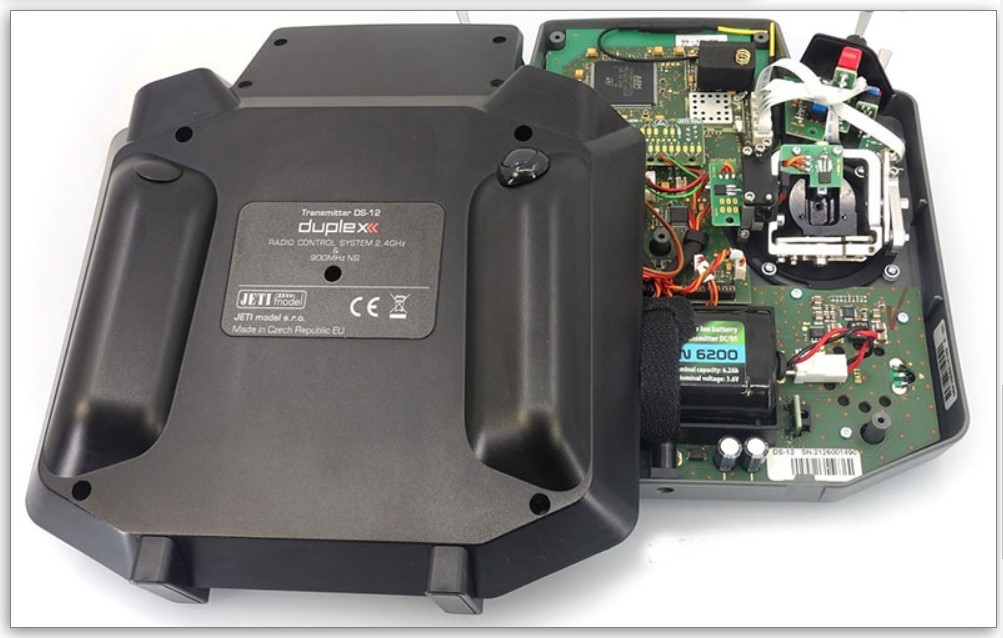
Jeti user Robin Trumpp successfully flew his scale Gee Bee R-2 for the first time last month. On his aircraft he runs a Jeti Central Box 210 for his power needs and flies it on a Jeti DS-24! With the MRPM sensor, he can get flight data regarding the propeller speed (RPM) of his model. In addition to his Jeti equipment, Robin is running a Filala/Valach 250 radial engine and Ditex EL 3214 servos. Great job on your successful maiden flight!
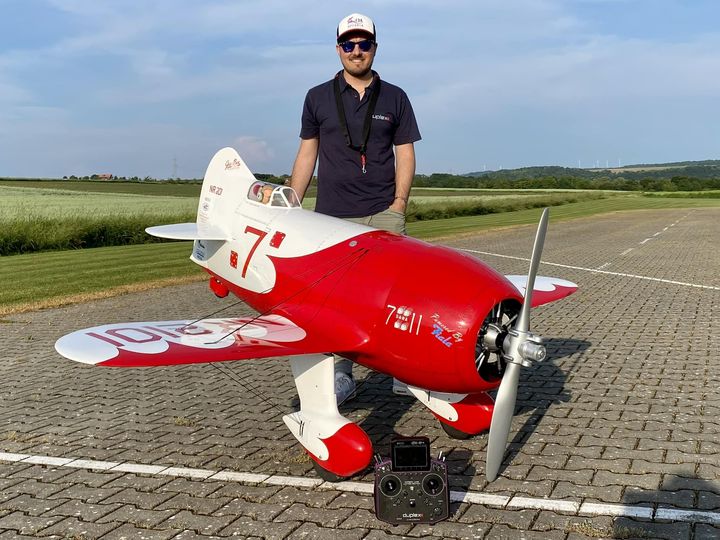
The plane Robin is flying is the Gee Bee R-2. This scale model is a replica of the 1932 plane of the same name (Bee Gee R-2). It was built, along with the Gee Bee R-1, as a racing aircraft by Granville Brothers Aircraft. The special design of the fuselage – tear drop instead of straight-tapered – was intended to lower the drag on the aircraft. In order to do this, the fuselage was designed to be wider than the engine. The placement of the cockpit has a special design too. It was placed right in front of the vertical stabilizer to aid in vision during pylon turns. The Gee Bee R-1/2 was known to be a record setter, but also a dangerous plane, unfortunately causing the death of one pilot and injuring another. Despite the unfortunate incidents, many pilots loved how well the Gee Bee R-1/2 flew.
1991, the a R-2 Replica was made by Steve Wolf and Delmar Benjamin. Benjamin flew this replica many times in aerobatic performances at airshows until 2002, when he retired it. It currently is housed in the Fantasy of Flight museum in Orlampa, Florida (Yes, it is a real place!), not to far from our very own shop here in Florida!
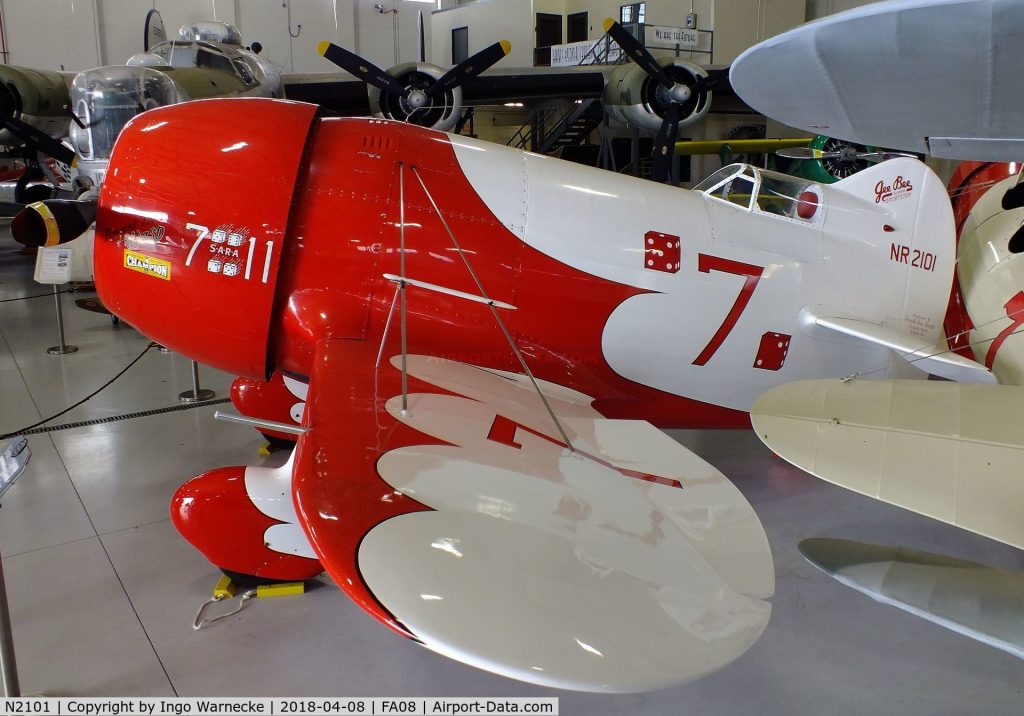
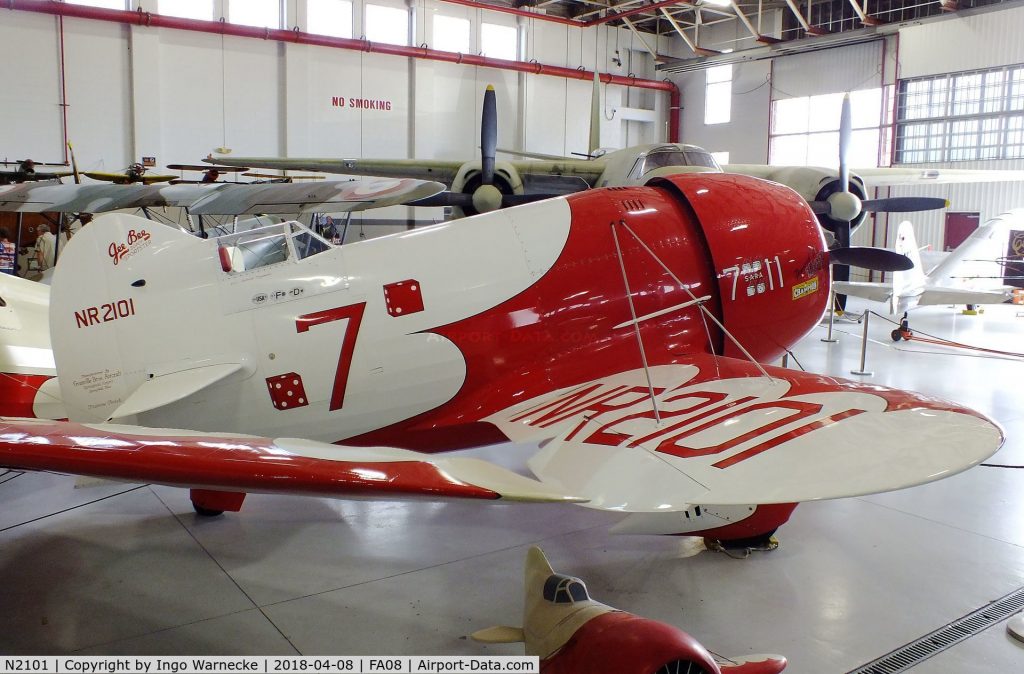

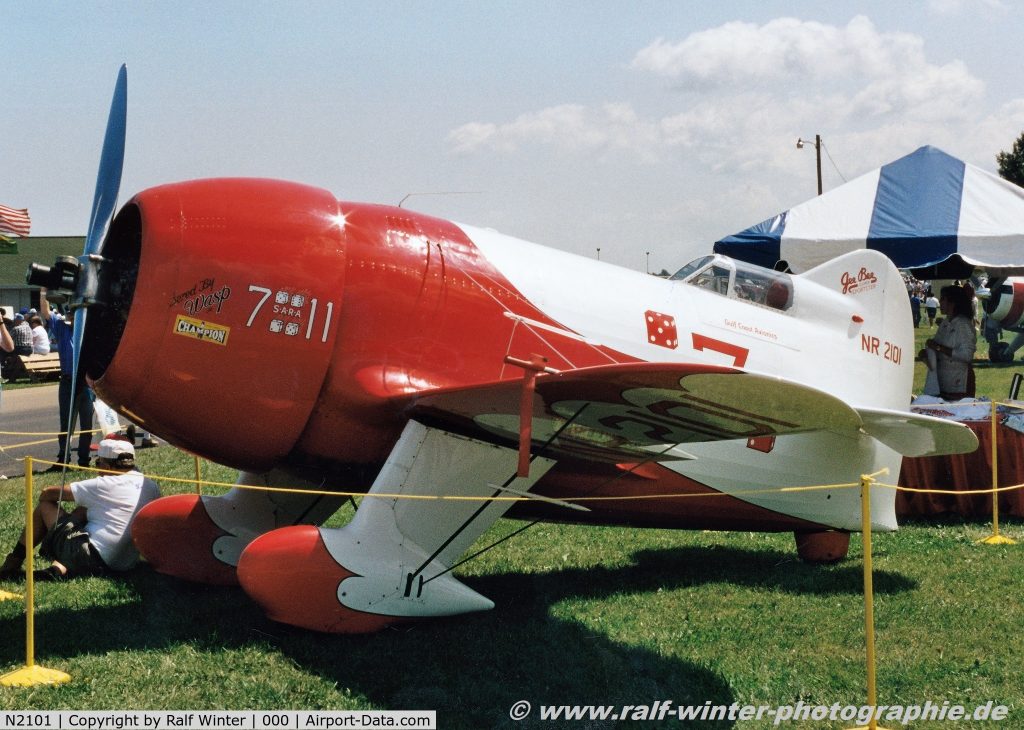
Have you ever run into a situation when shopping for a product where you need more than the basic model offers, but not necessarily all the bells and whistles of the top model? Typically you end up getting stuck paying for something you do not need and won’t utilize. Jeti understood the assignment. The Jeti line of transmitters are not just offered in several model options, but they took the customizable advantage one step higher with the ability to add-on software modules as you need them.
Having the ability to pick-and-choose the software features you will use is a more economical way to fly Jeti. There is no need to pay for a feature you will never use, instead, put that dough towards more airplanes (or Jeti equipment)!
Don’t worry though, you can continue to purchase module add-ons for the entire lifetime of the product. This way, you don’t have to worry if your RC needs change, simply purchase what you need when you need it!
Jeti DS-16 G2’s, Jeti DS-14 G2’s, and Jeti DS-12’s are all available for software module upgrades. The chart below shows what each transmitter has and what can be upgraded.
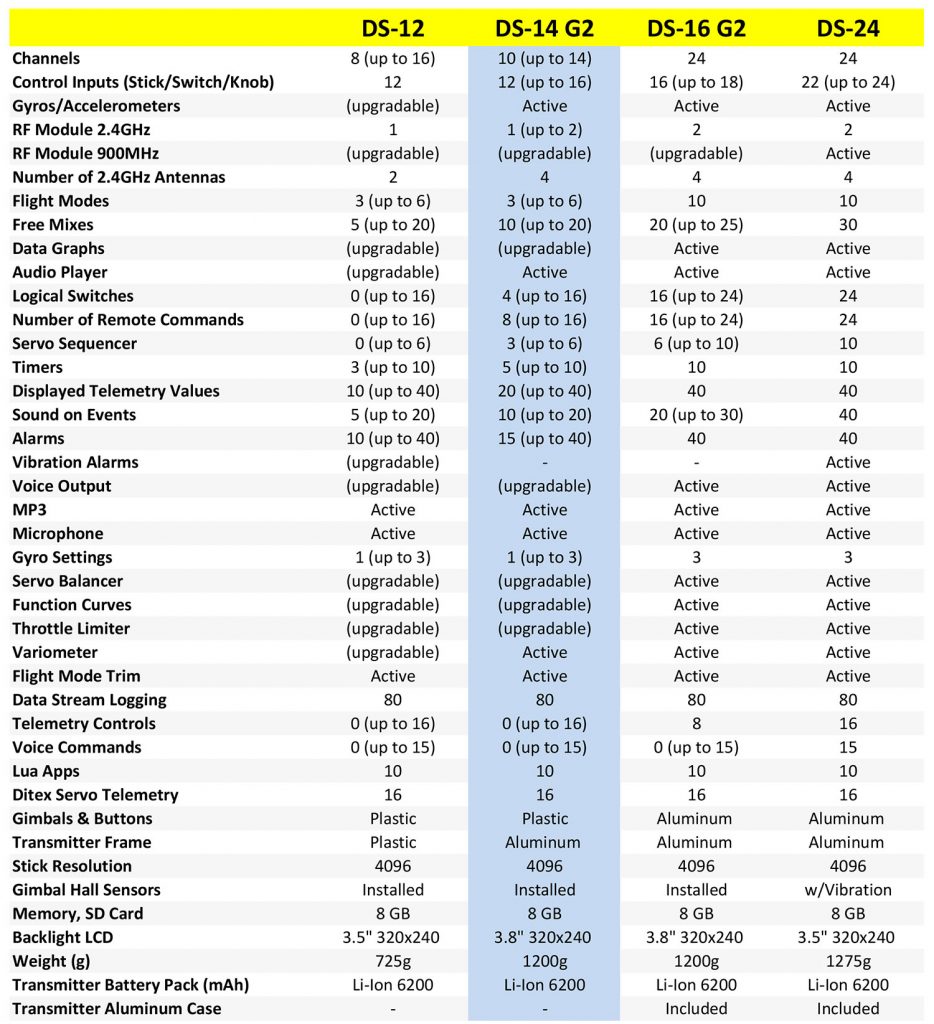
If you don’t want to purchase each module al carte, but do not need all the software modules, we have options for you too! All of our DS-12 Transmitters offer software packages. We grouped together the modules we felt were most used and provided them to you in pre-installed packages. Not only does it result in fewer steps on your part, it also can save you a little! Our standard DS-12s offer four versions: Basic, Package A, Package B, or Deluxe. Special Edition DS-12s are offered in Basic or Deluxe only. You can see what that includes below.
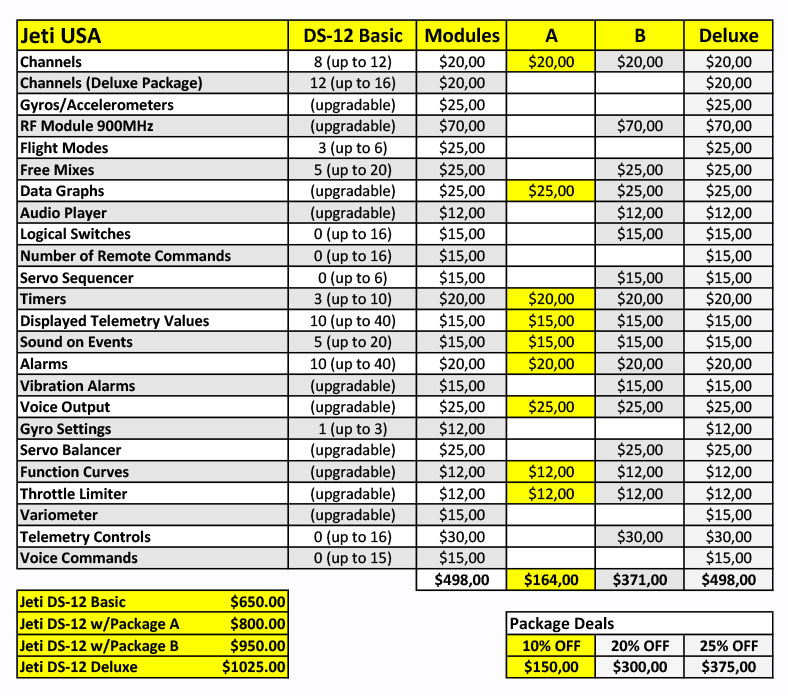
Step 1: Head to swshop.jetimodel.com.
Step 2: Find the product you purchased and click “Register New Device”. You will need to create a username and password, if you do not already have one. In addition you will need the serial number and registration number found in the transmitter.
Step 3: Purchase your modules. You will then receive an email (within a few days) with an activation file. Once your receive this file, connect your transmitter to your PC with your USB cord and extract the activation file into the root file of your transmitter.
Please note: Activation files “activation.bin” are created and sent manually, every day from Monday to Friday from 6am to 1pm UTC. They will not be sent out outside of these times.
Check out our line of transmitters here or at Esprit Tech!
The new Esprit Elite HD Outrunners have a built in telemetry sensor to measure the core temperature of the motor. They are offered in 30cc, 35cc, and 40cc equivalents. Get the telemetry in real time on your Jeti Transmitter screen!
Elite series motors are the culmination of years spent designing and testing in extreme environments. Motors feature hardened steel shafts, built in fans, and a large radial bearing designed to carry the load placed on the open end of the rotor. Elite T125 (Jeti EX, Graupner HoTT, Futaba S.Bus2) micro telemetry sensor is installed in the motor to measure core temperature. These features, combined with an easy to maintain and repair design, promise years of worry free use.
Head on over to the site and check them out!
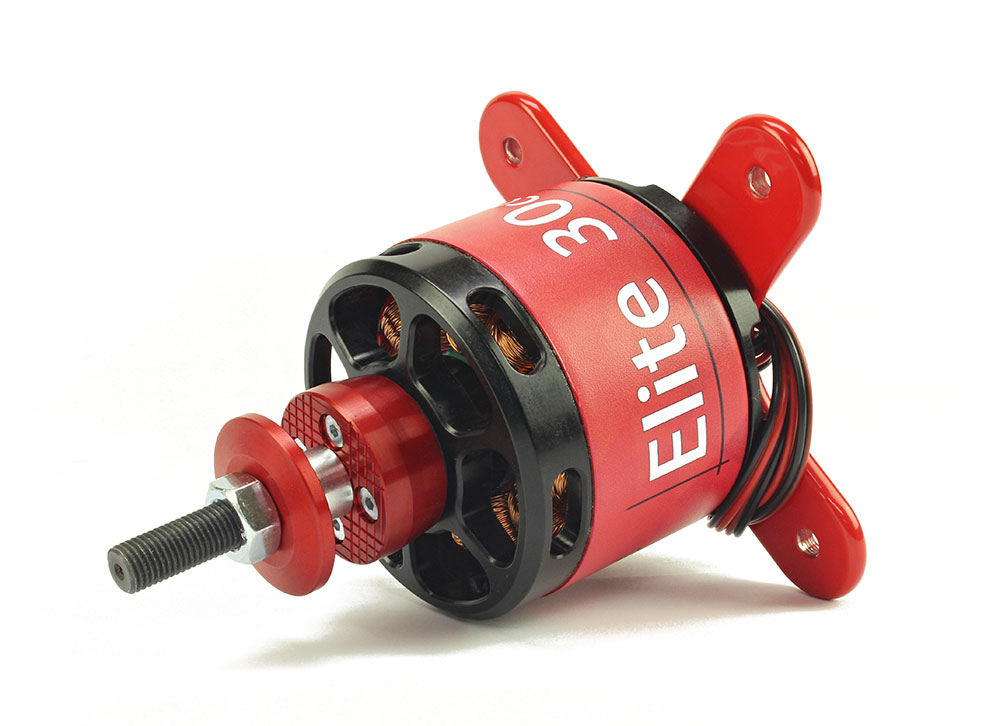
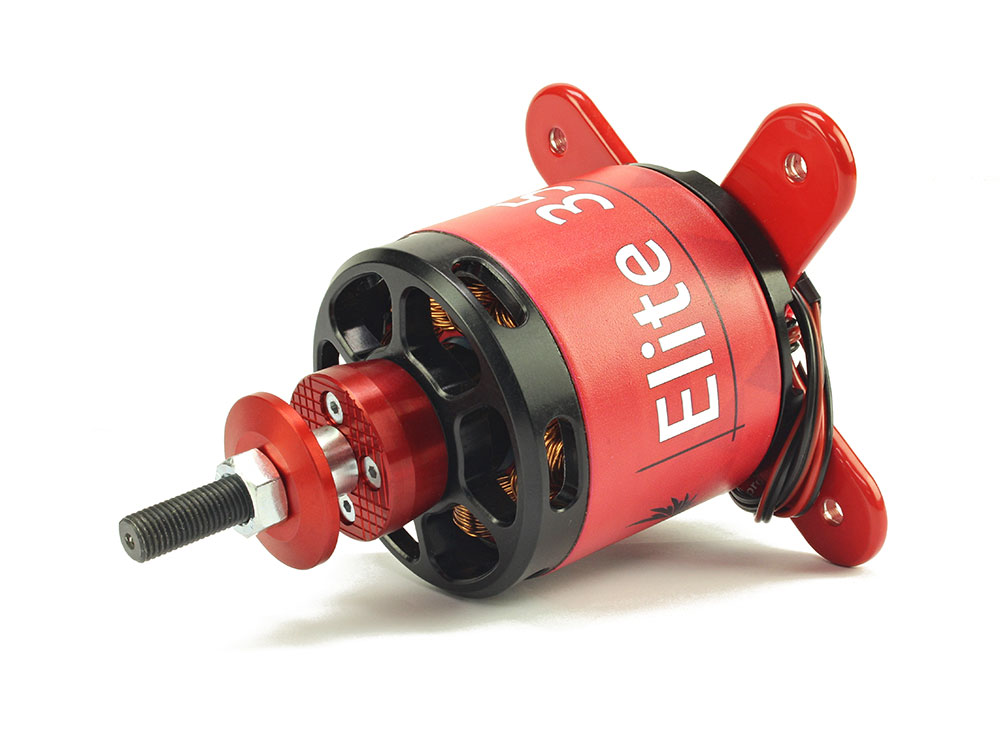
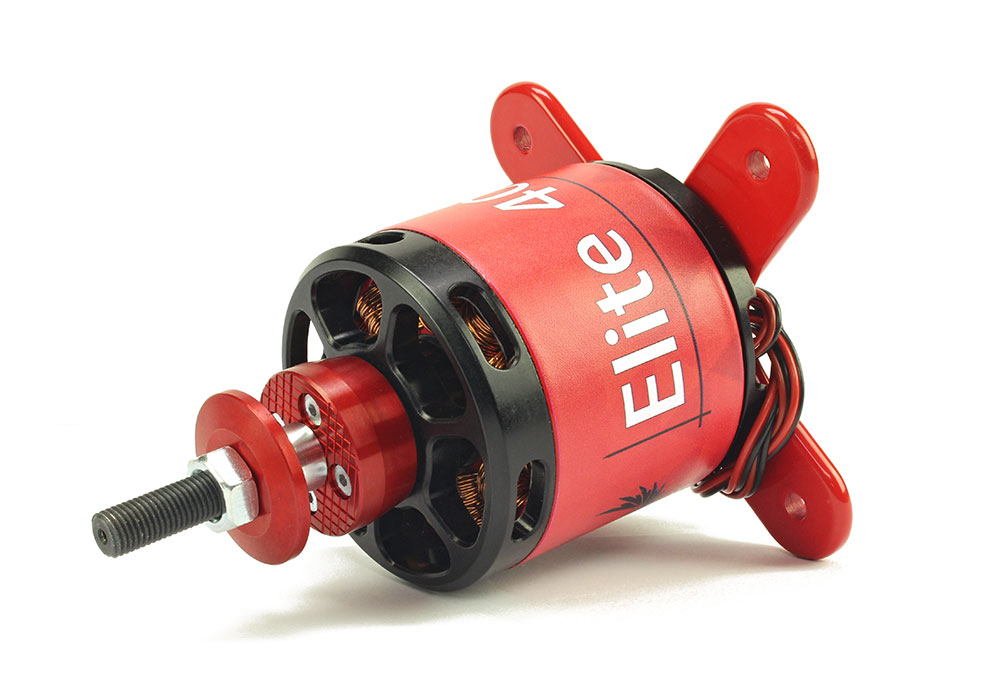
When it comes to electronic speed controls, Jeti has a wide array of options available. Read on to see what each line has to offer.
The ECO line delivers BIG Jeti quality to your small electric park-flyer or electric sailplane applications, while staying at an economical price point.
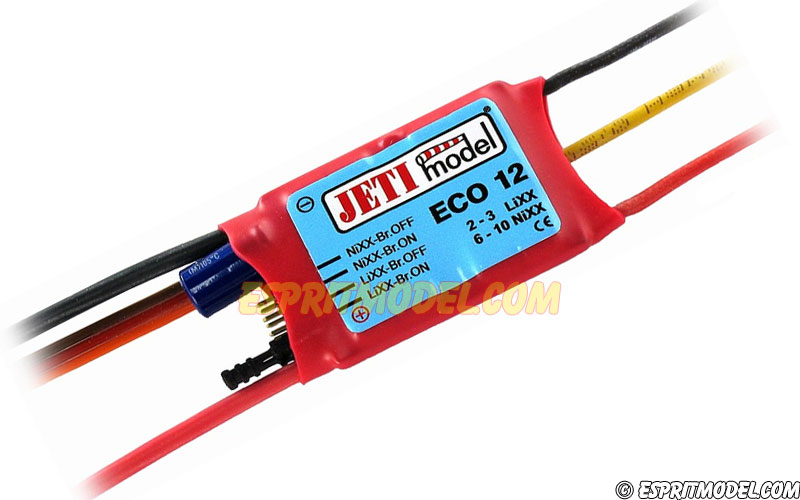
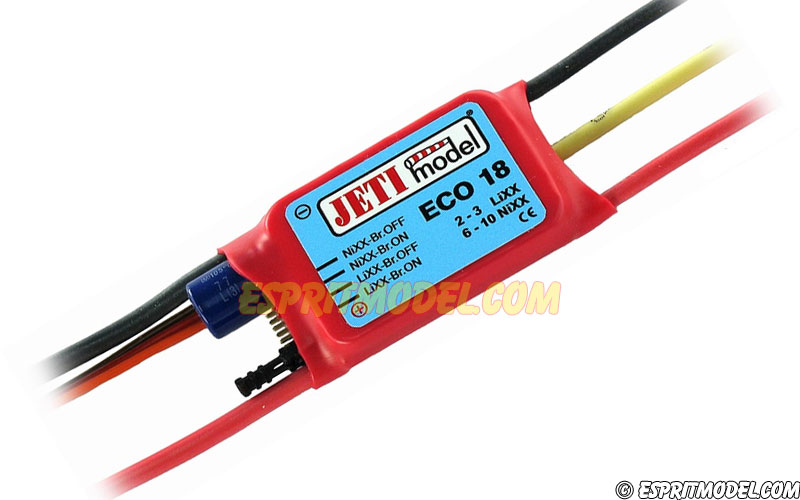
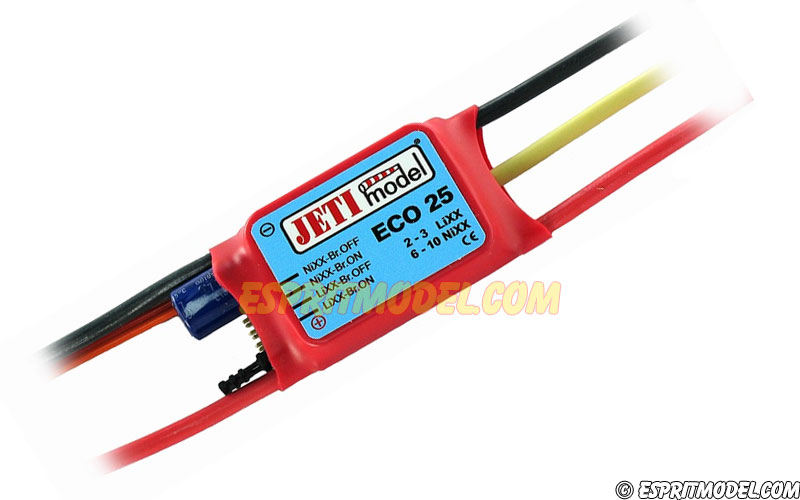
The Advance Pro ESC line is both easy to use and full of features, making it a great choice for any novice pilot or a pilot looking for something simple.
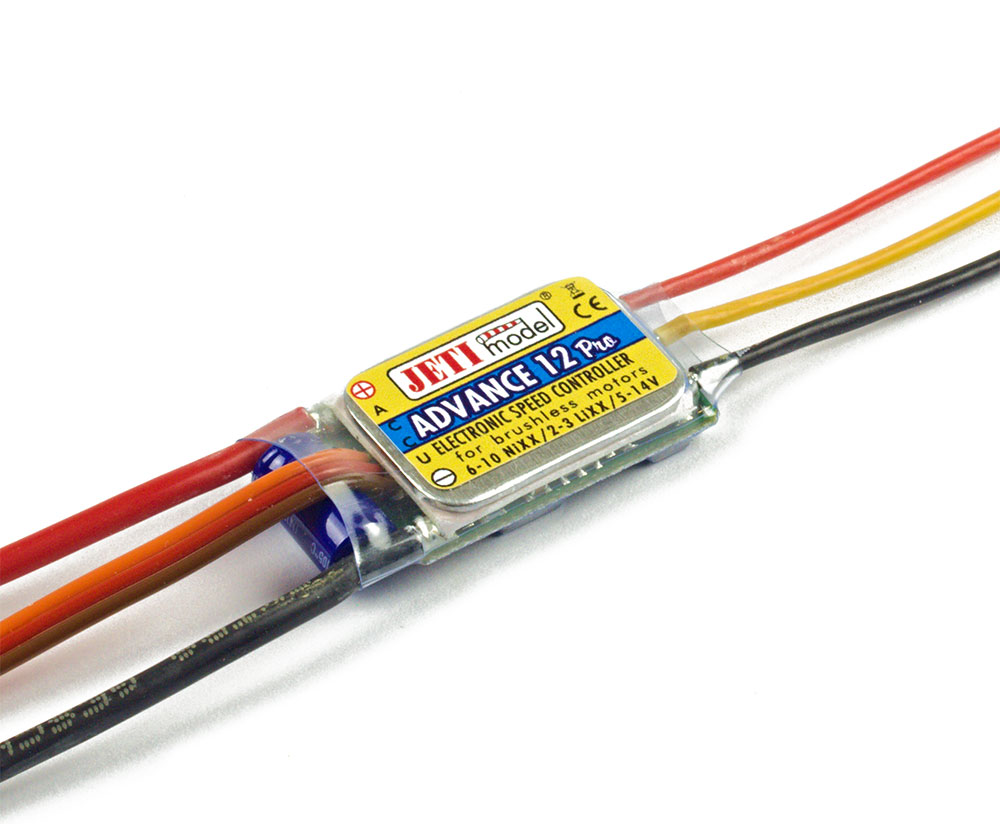
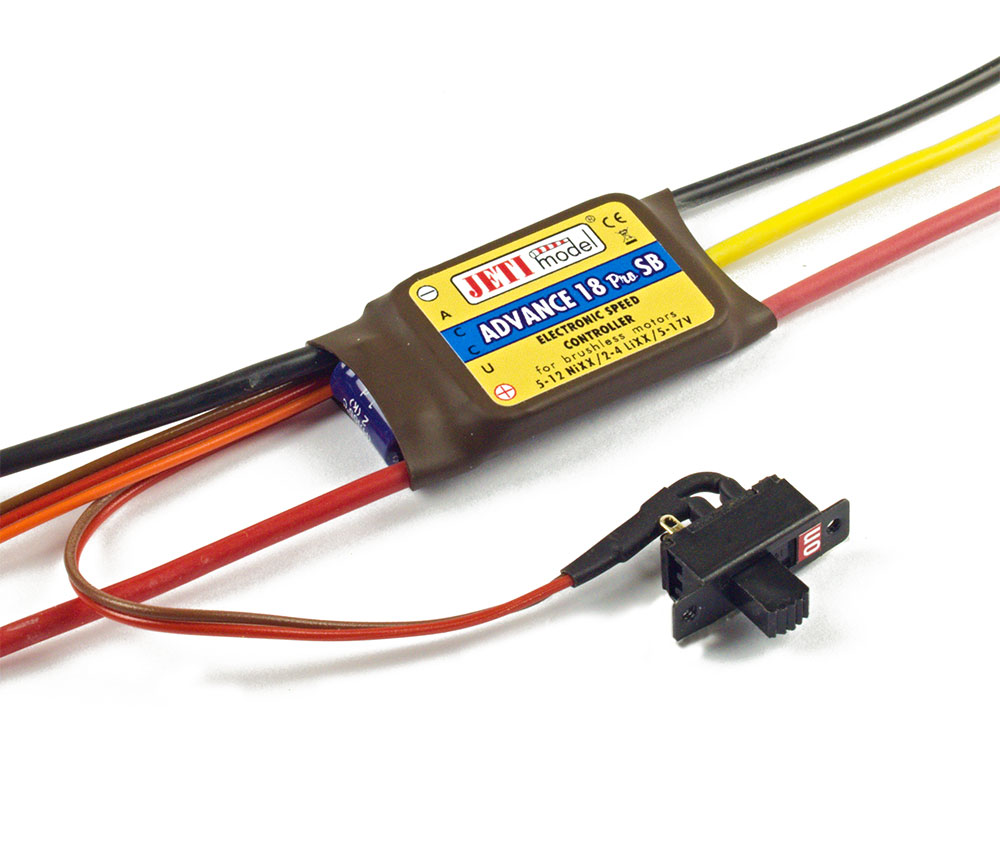
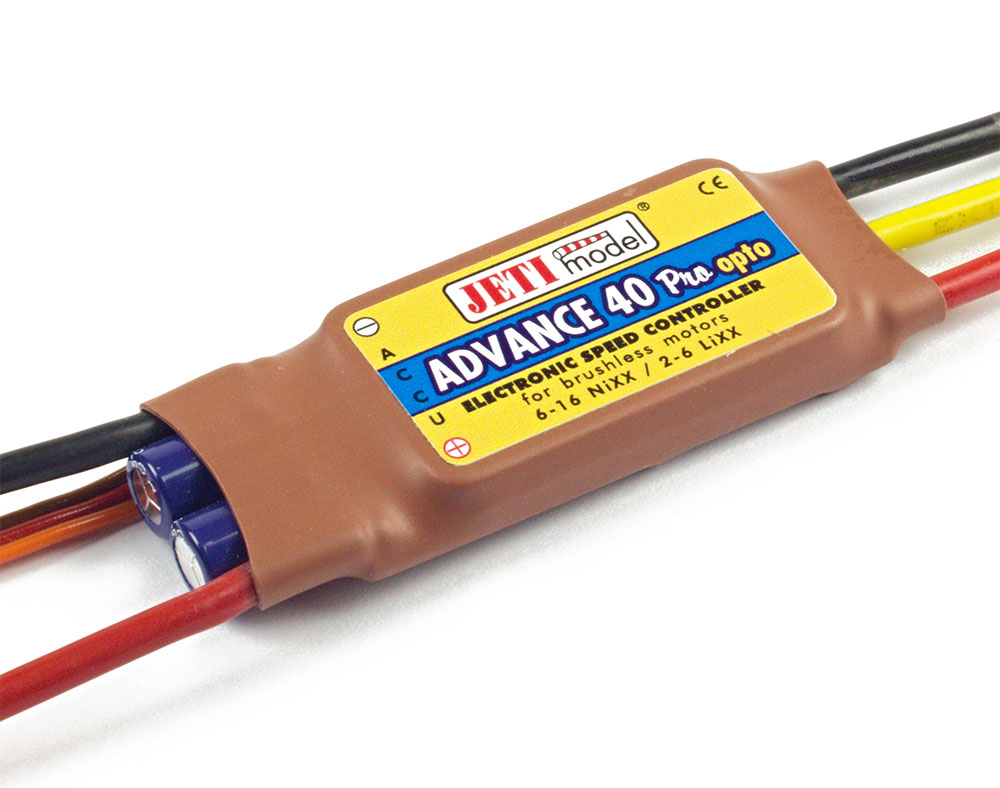
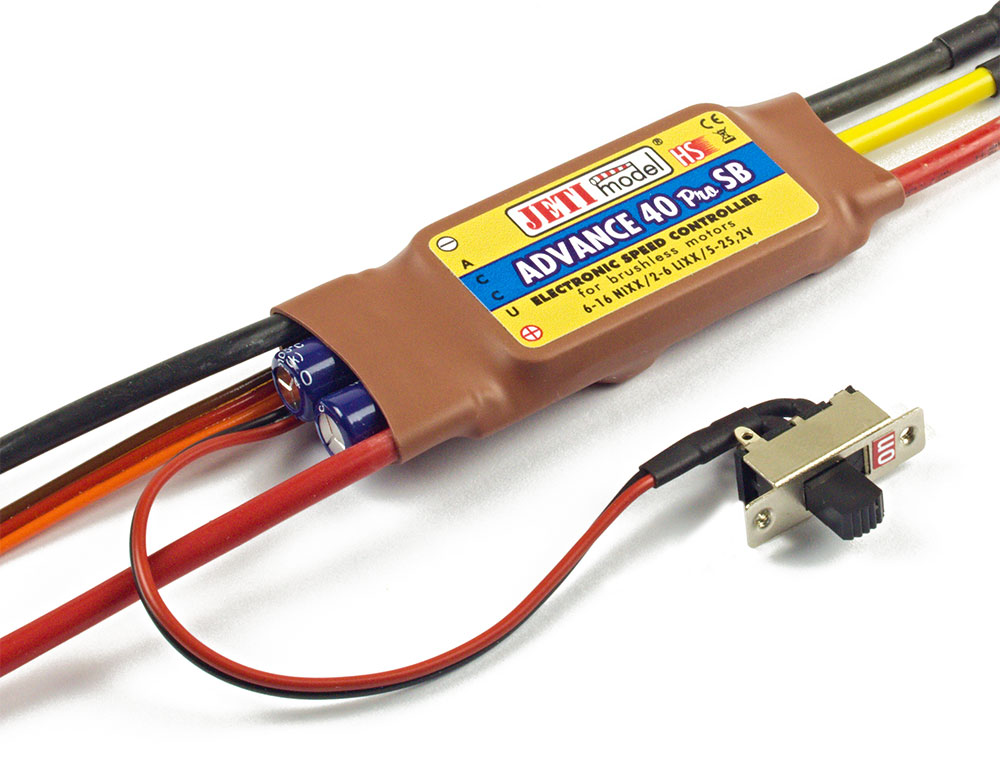
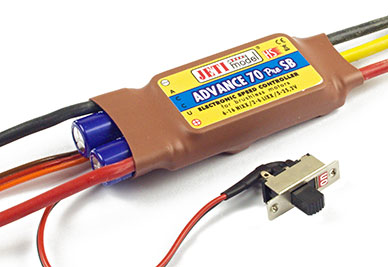
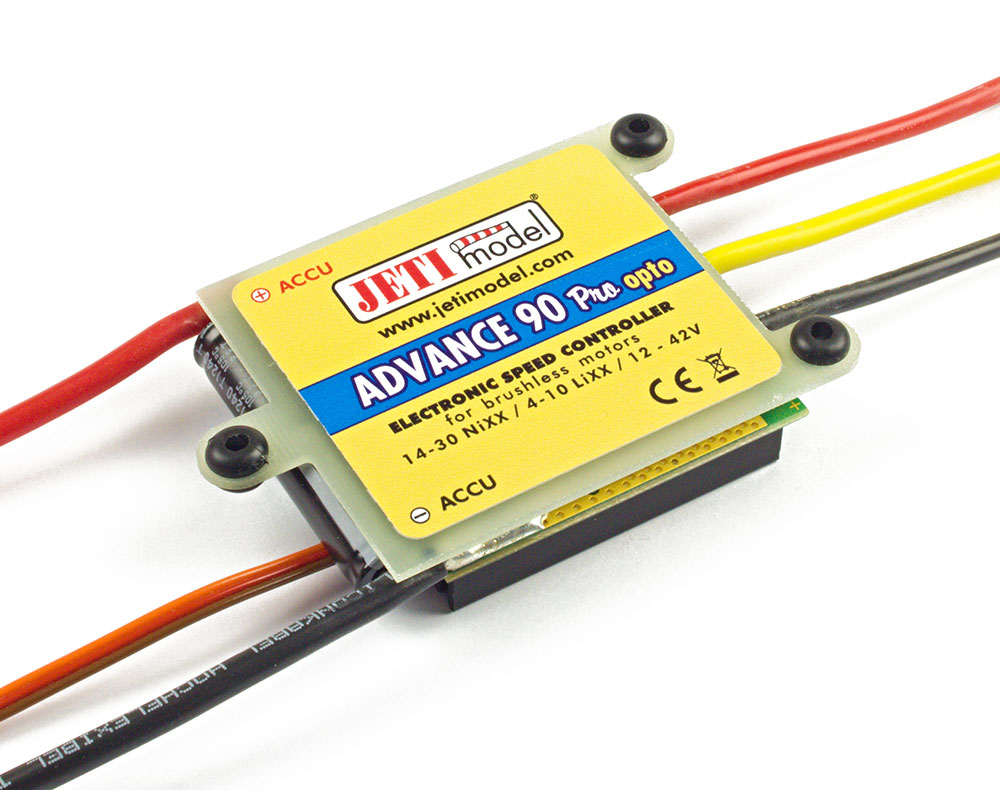
Next in Jeti’s line of ESCs are the Spin Pro Series. These guys take it one step above basic with the introduction of basic logged telemetry data. In addition, it allows for firmware updates via a Jeti USB Adapter and your PC with Jeti Studio.
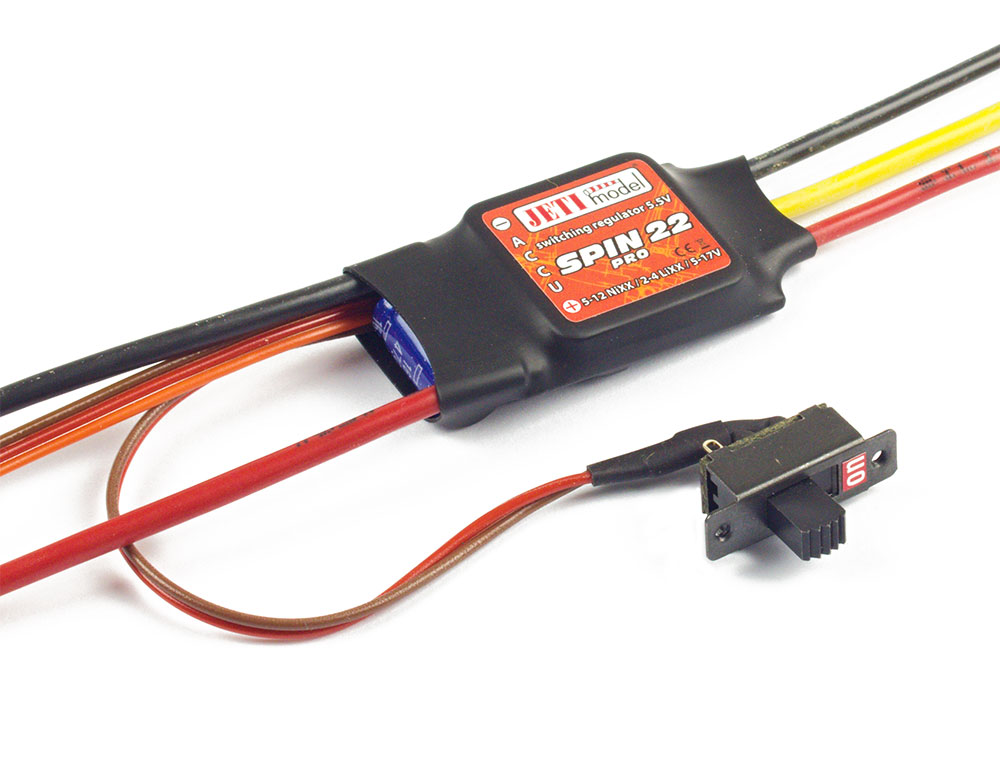
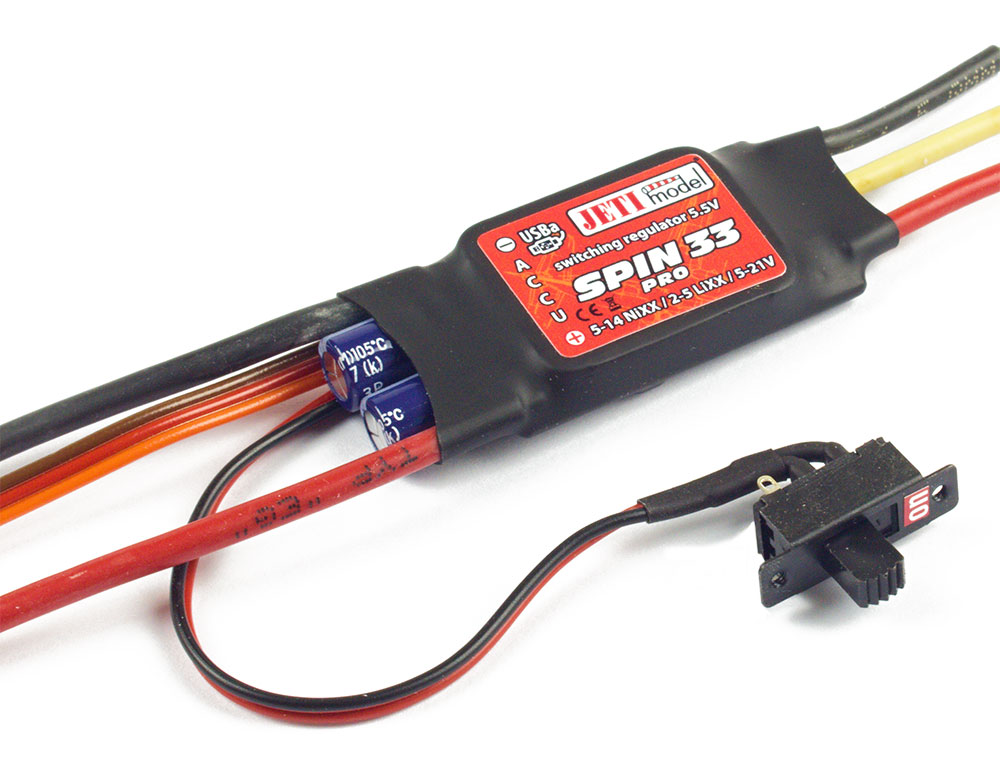
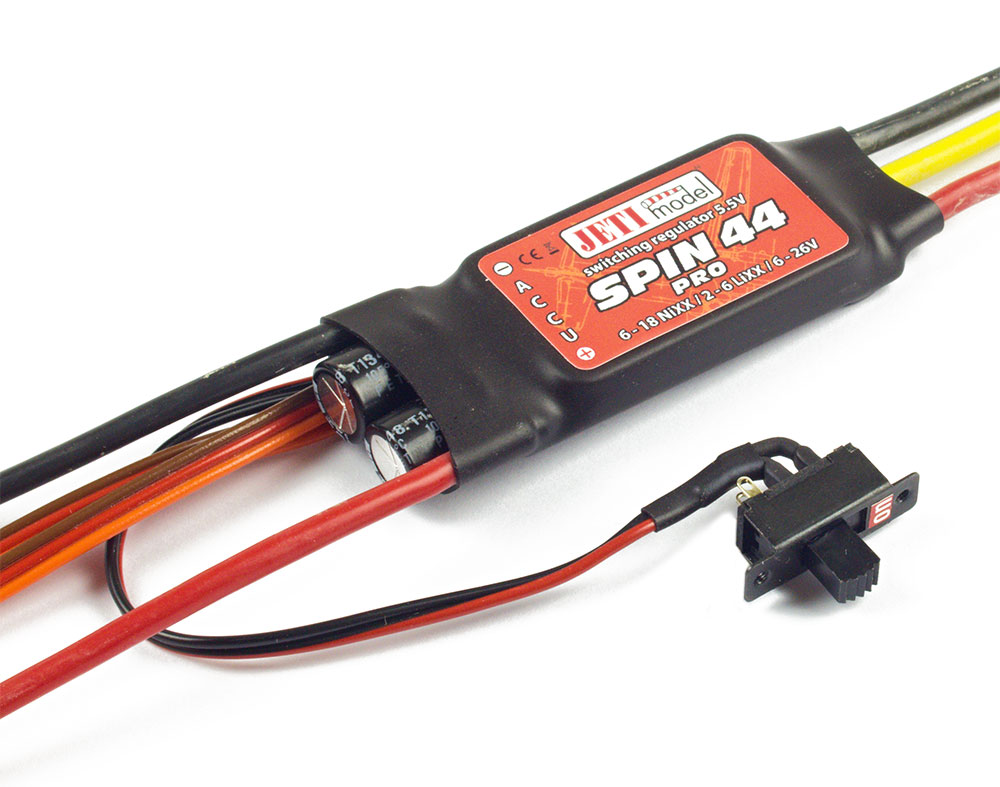
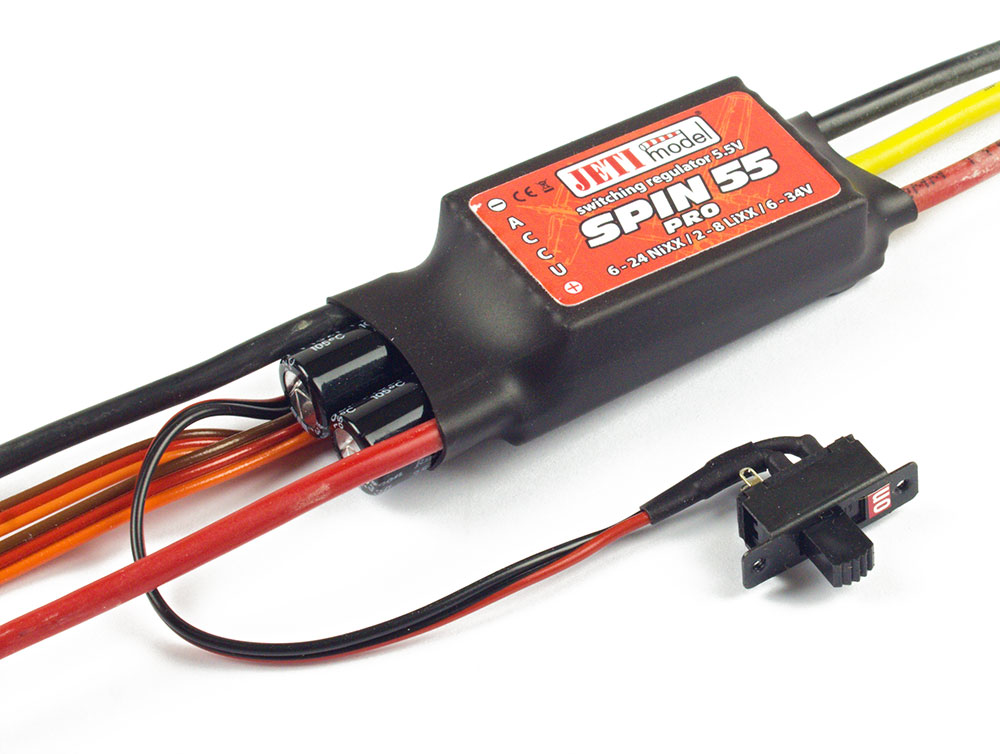
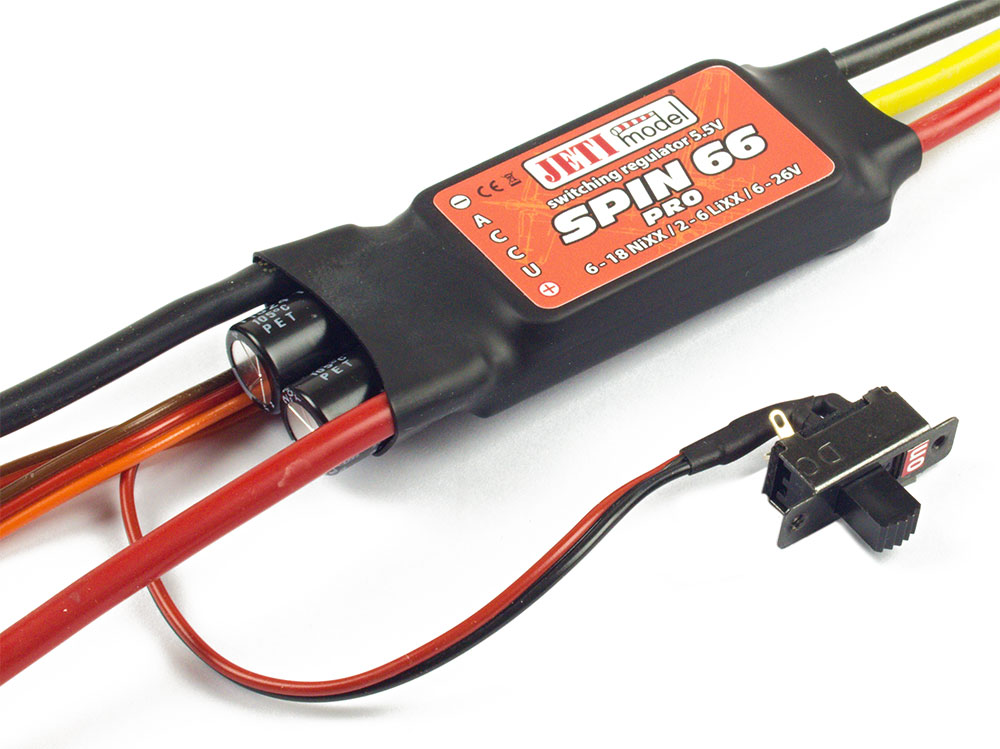
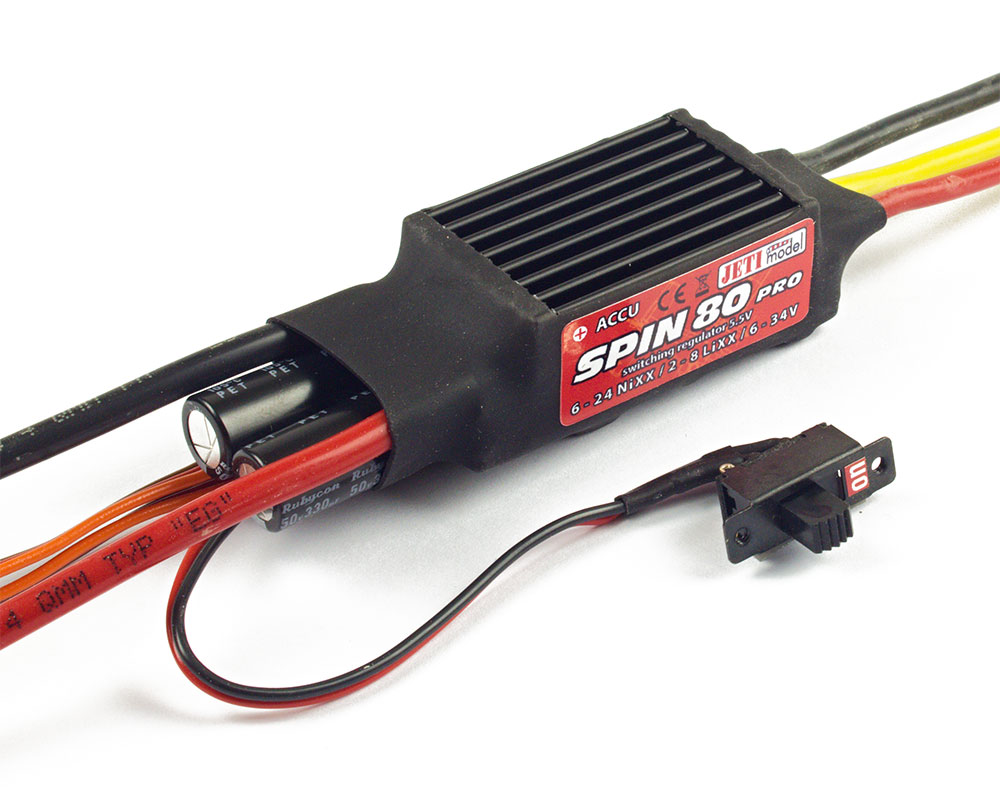
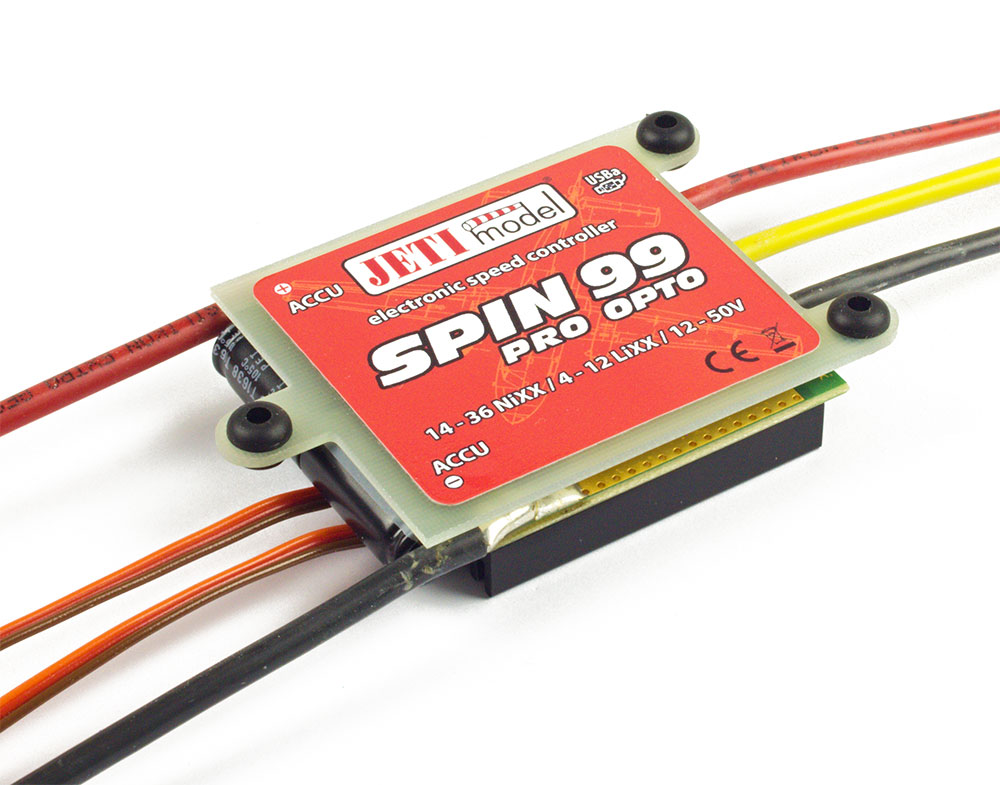
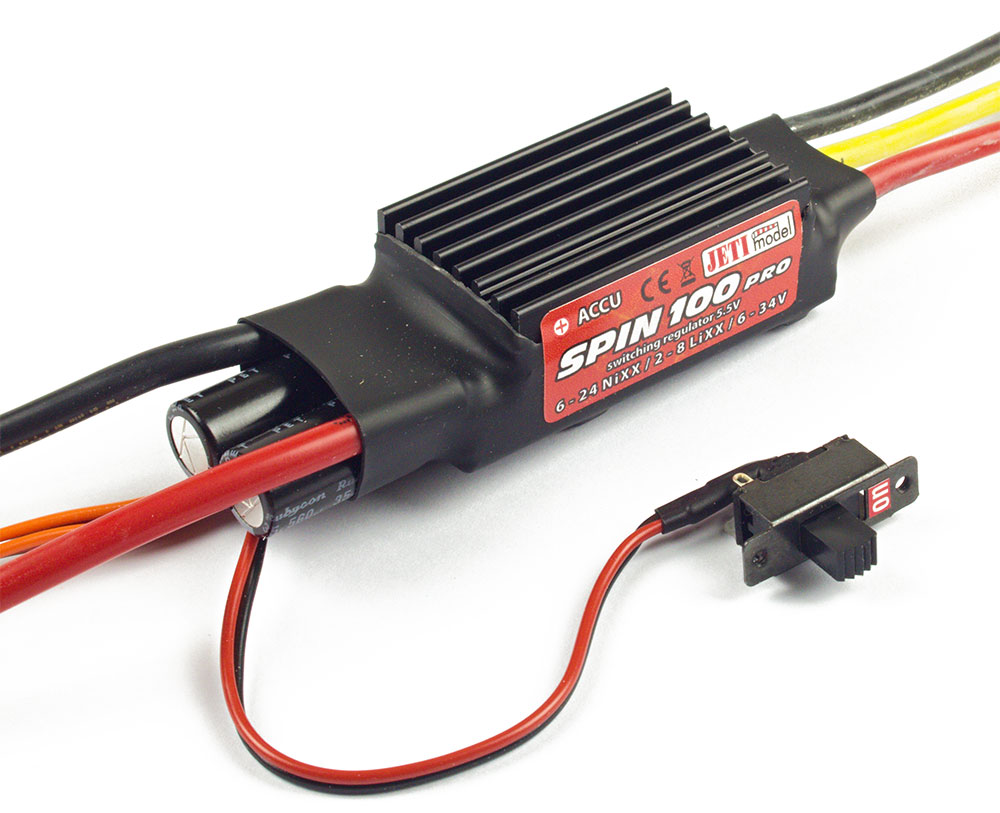
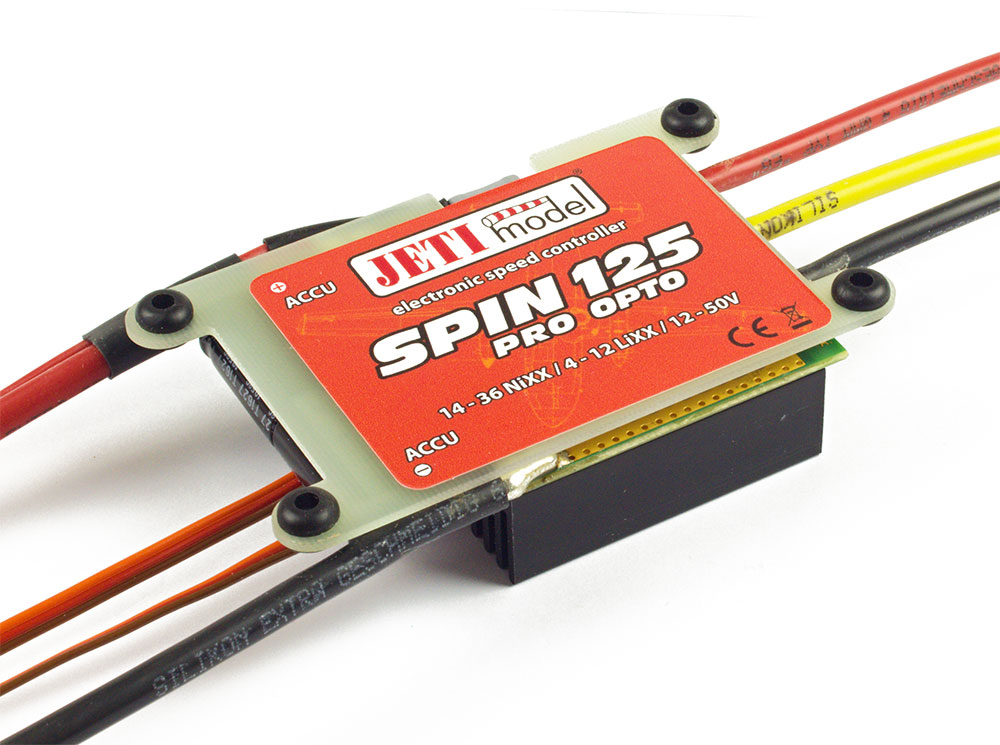
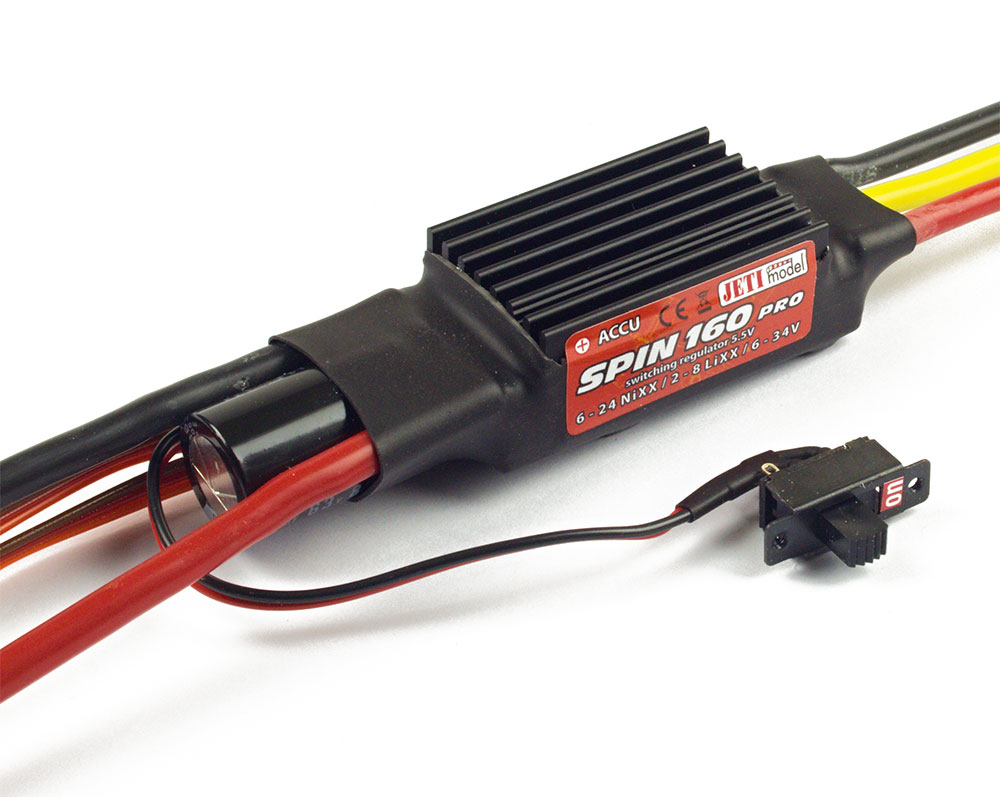

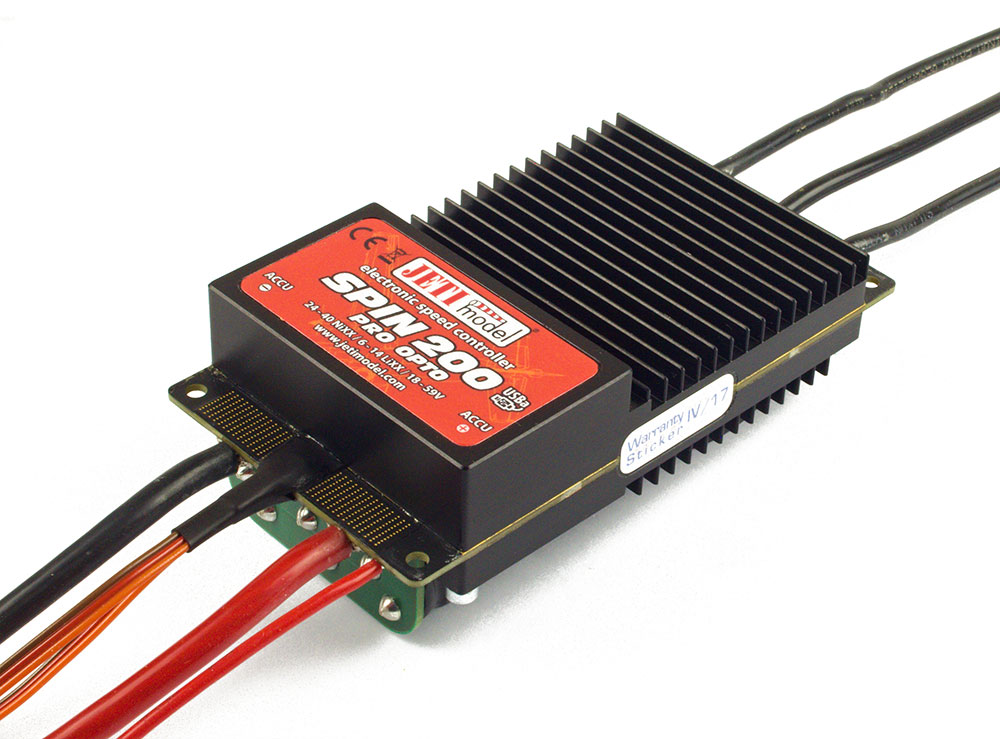
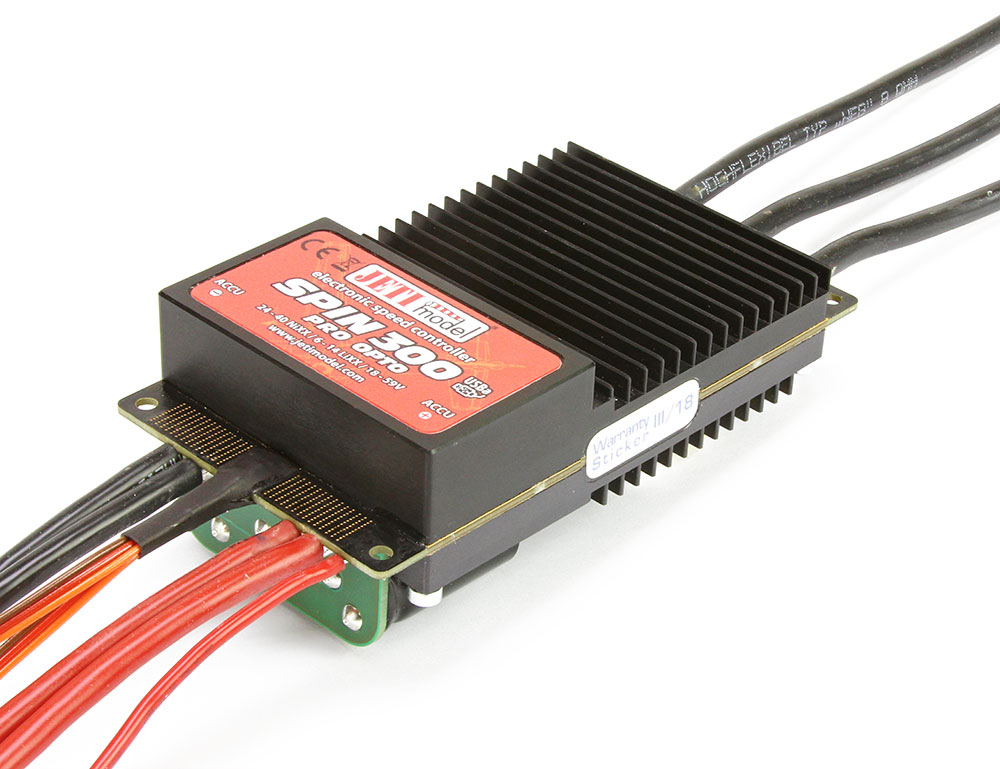
Introducing the next level of integration with the Jeti Mezon Pro ESCs. With these guys, you can get real-time telemetry feedback directly on your Jeti Transmitter!
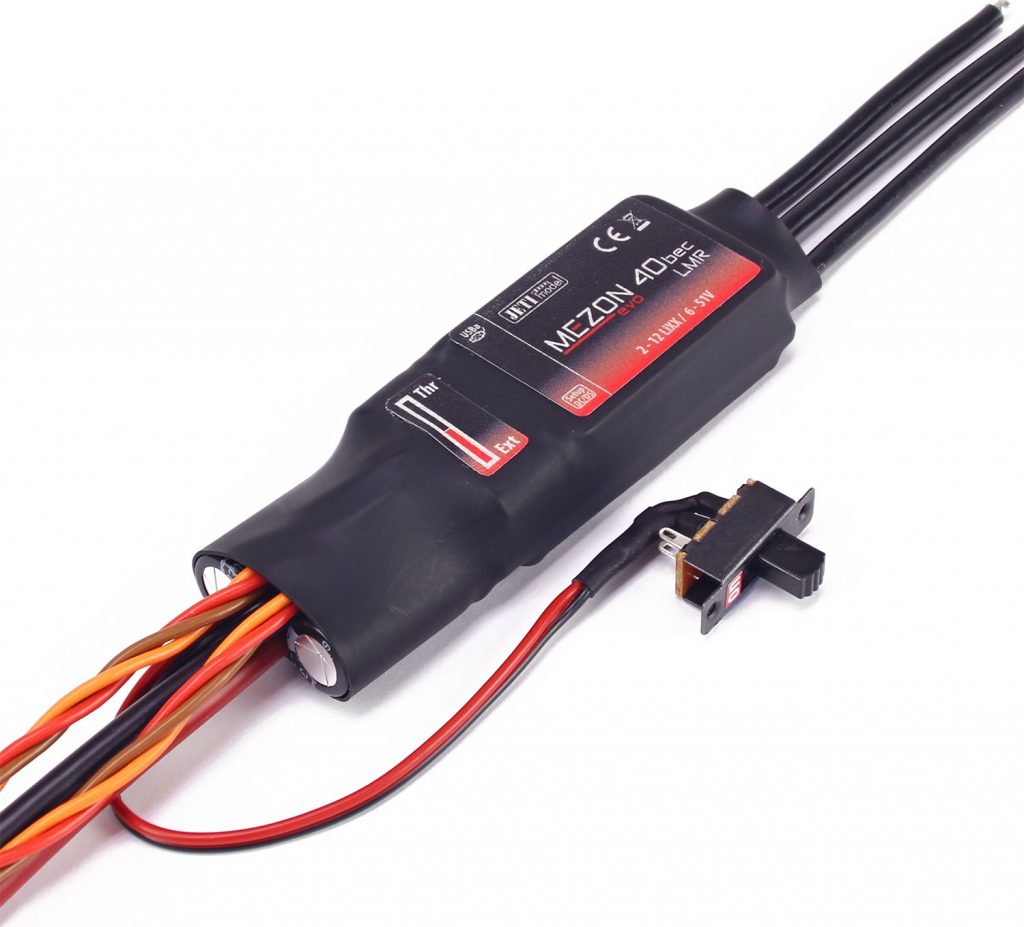
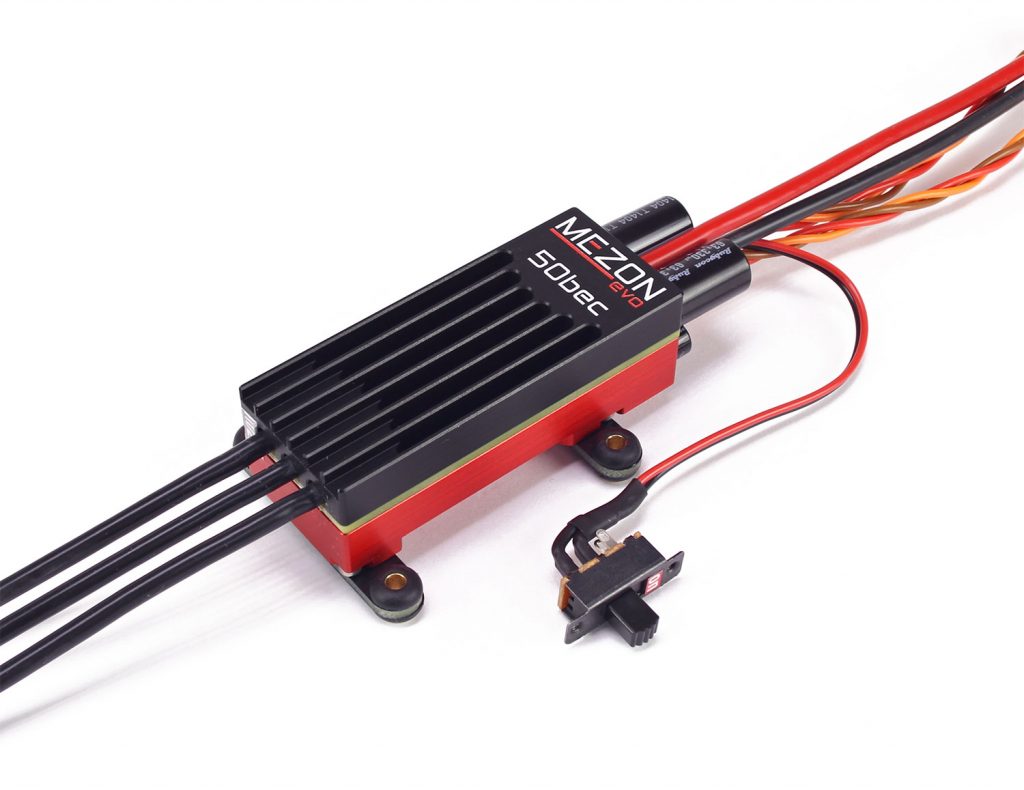
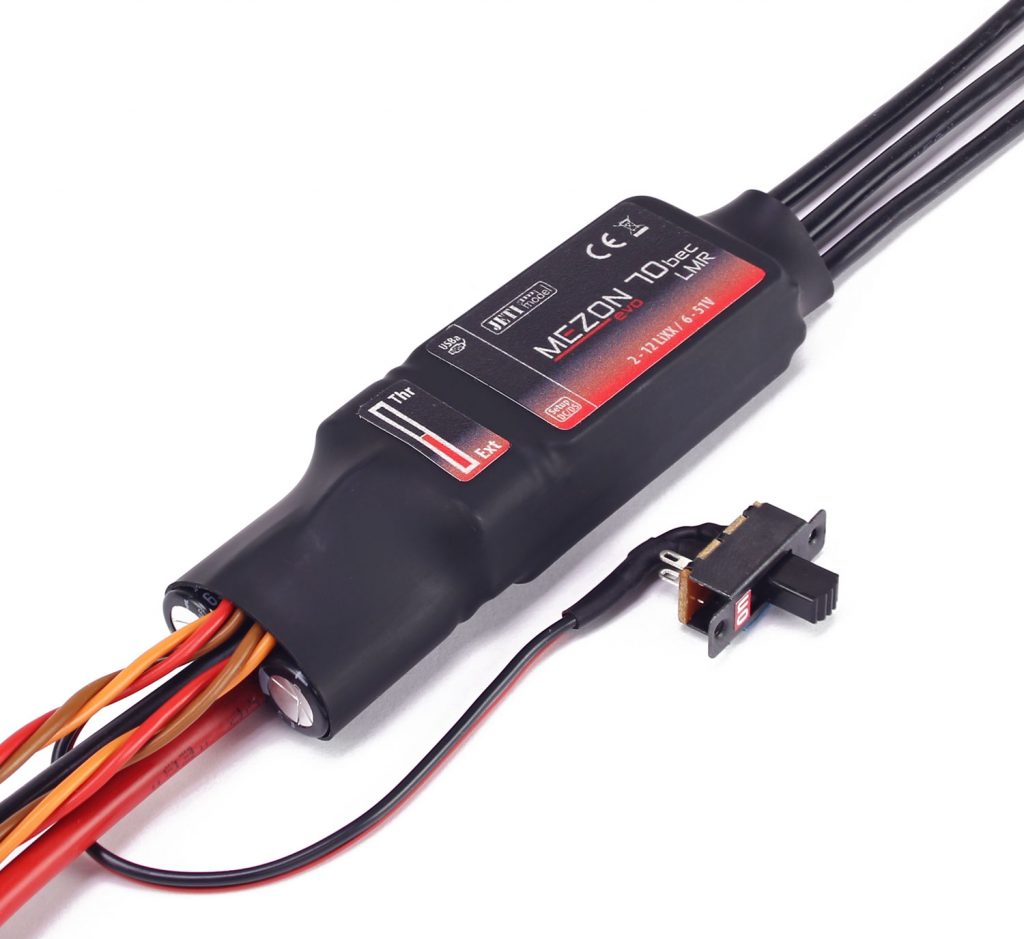
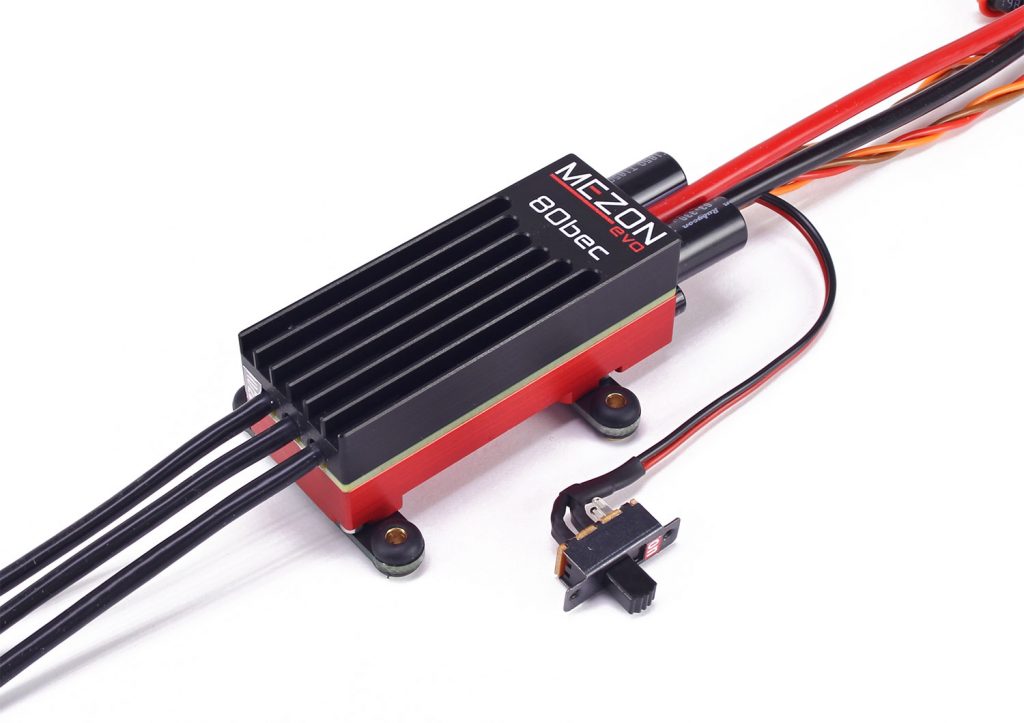
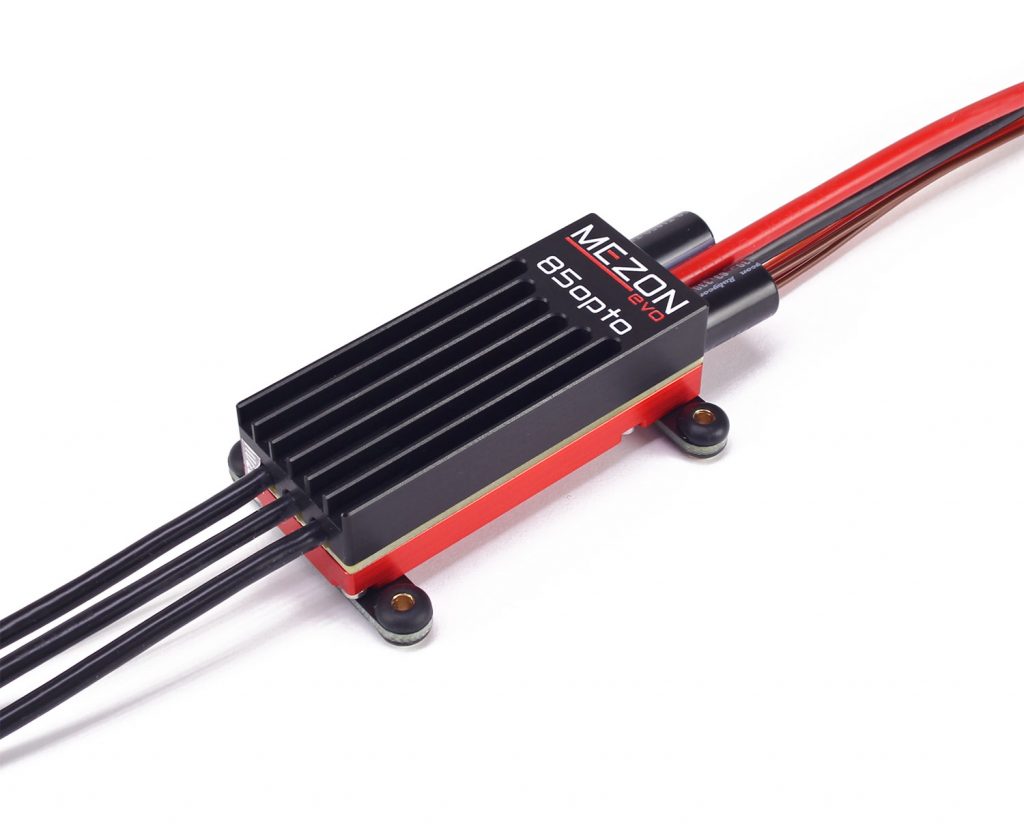
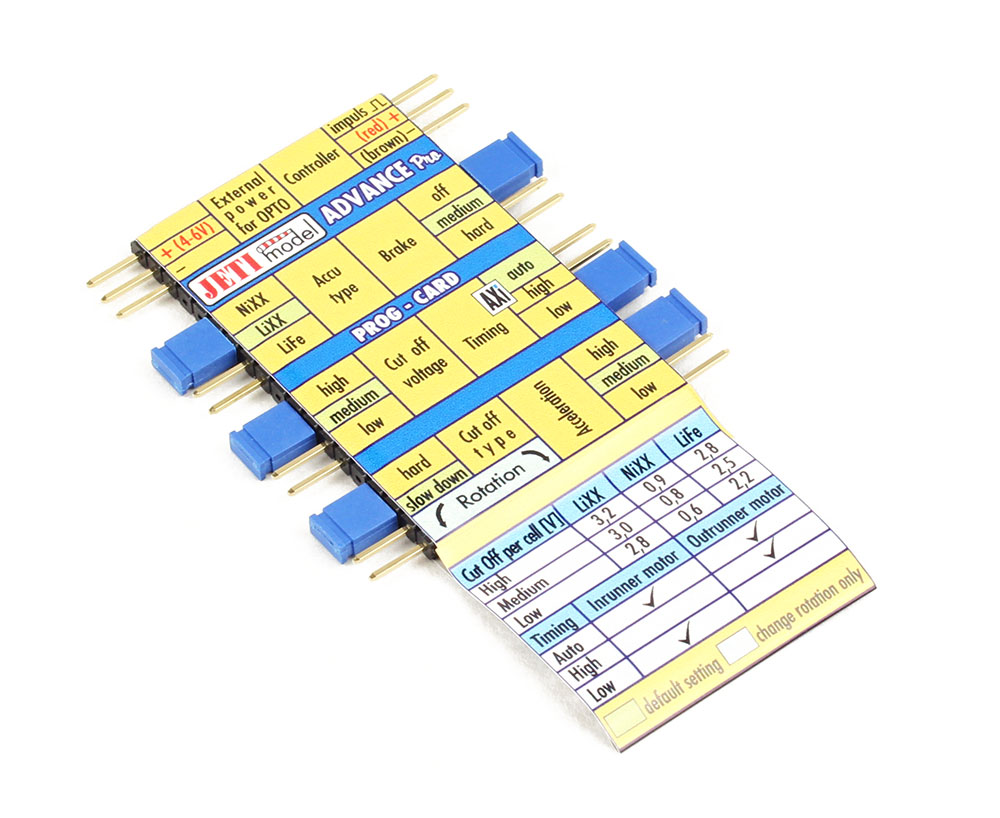
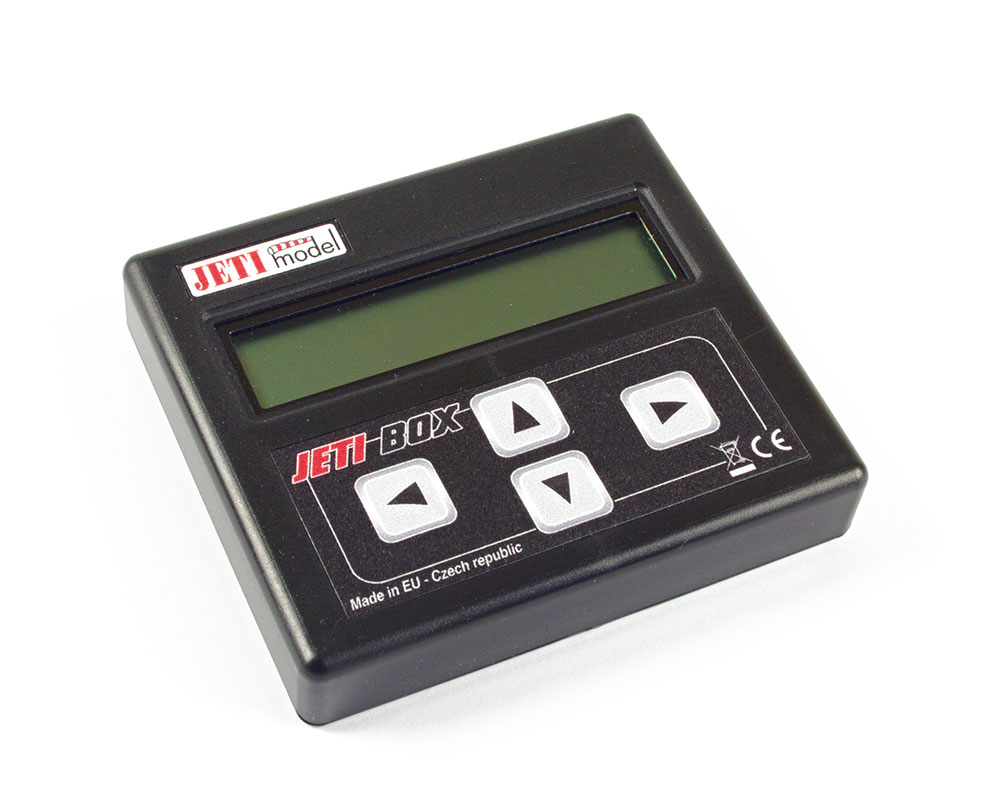
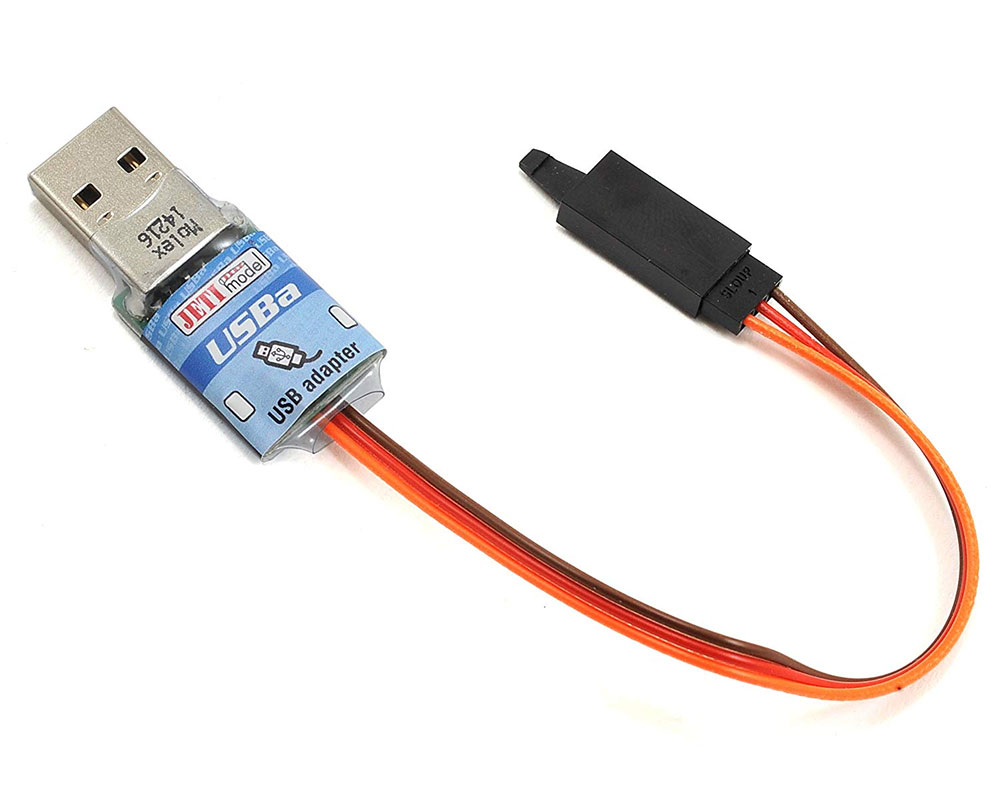
Inline BEC, MAX BEC, MAX BEC 2D, SBEC, this list goes on – but what does it all mean?
BEC stands for Battery Eliminator Circuit and functions as a voltage regulator. It will take a high voltage and drop it down to a smaller voltage based on needs. These guys come in handy when deciding to use your flight packs (high voltage) to power your receiver, servos, or other low voltage items.
Jeti offers linear BECs and Switching BECS. A linear BEC is a simple device that steps down power and releases the “extra” current in the form of heat. These typically handle small voltages, as too high of a voltage can result in damage to itself and surrounding electronics. A switching BEC will drop voltage through a process that will alternate the current (turning on an off quickly) so that only the necessary current will be used. This reduces power waste (through heat) for more efficiency. In addition, Switching BECs can often handle higher input voltages.
So what does Jeti have? Let’s take a look!
Inline Single BEC
This is a linear voltage regulator. The Jeti Inline Single BEC is designed to regulate the voltage from your 5.5-8.4V power source and provide an output voltage of 5.5V up to 1A for your dedicated servo. Works well with any servo. Read the specs here.
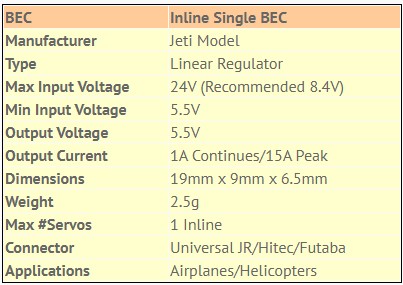
MAX BEC 2
The Jeti Max BEC 2 is another linear voltage regulator offering two power inputs for two 2S LiXX batteries or 6S NiXX, with a maximum output of 20 amps, a sustained output of 12 amps and a weight of 85 grams. The linear voltage regulation provided by this unit does not contribute to radio interference. Read the specs here.
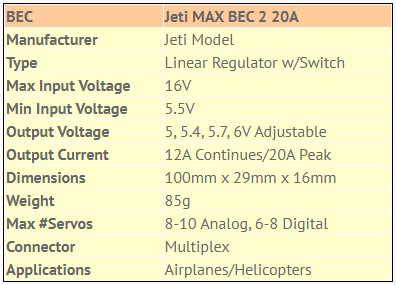
MAX BEC 2D Plus EX
Another great choice in the line of linear voltage regulators is the MAX BEC 2D plus EX. The Max BEC 2D Plus features a magnetic switch, so there is no mechanical wear-and-tear from switching the unit on and off. The unit also has a large heat-sink to dissipate heat. In addition to its magnetic switch feature, the 2D is programmable (output voltage) using the Jeti Box or jumper pins. This BEC is Duplex 2.4EX compatible, allowing audible alarms to be configured for low input voltage or high-temperature and allowing real-time telemetry feedback of input voltage and temperature. Read the specs here.
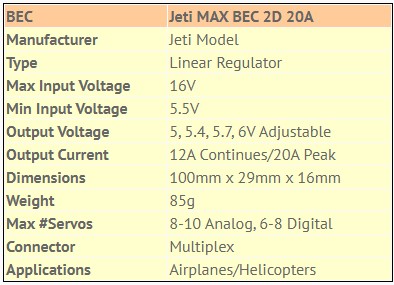
SBEC
Jeti SBEC is a switching BEC designed to regulate the voltage from your 6-42V power source (2-10S LiXX packs) and provide a selectable output voltage of 5 to 8 volts at up to 12 amps. With high output voltages available the Jeti SBEC switching regulator is ready for your high-voltage servos and will satisfy the requirements of most modelers. Read the specs here.
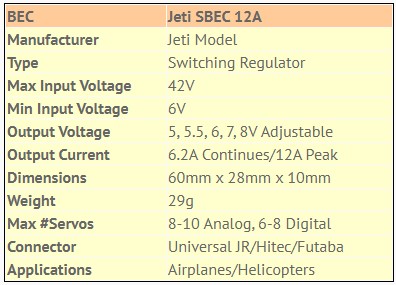
SBEC 30 D EX
Jeti SBEC 30 D EX provided full telemetry feedback, and is completely programable through Device Explorer on your transmitter. Due to its flexibility, the SBEC 30 allows connection of up to two additional sensors. SBEC 30 then acts as an expander and sends its own telemetry to the receiver together with the telemetry of connected sensors. Another cool feature is that the SBEC 30 D EX can be configured as a sensor of logic levels (log. 0 or log. 1). Watch the video to learn how! The SBEC 30 comes with universal 4-port magnetic switch. Read the specs here.
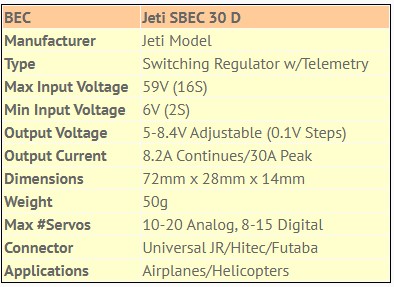
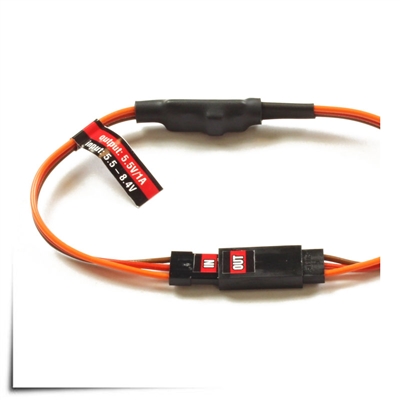
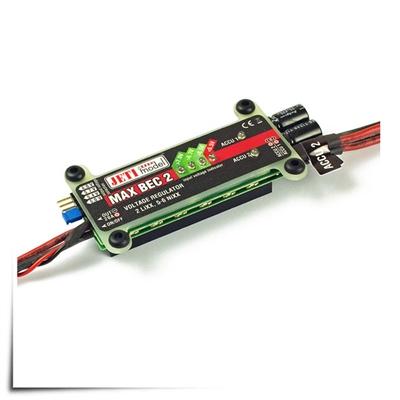
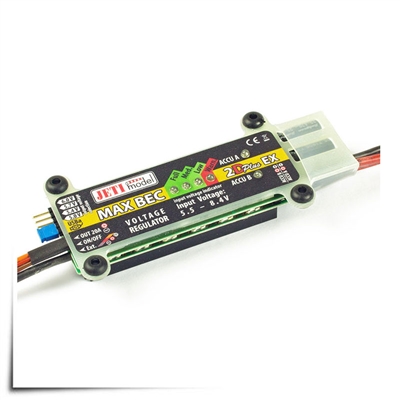
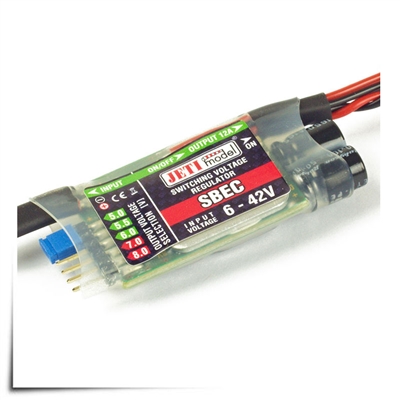
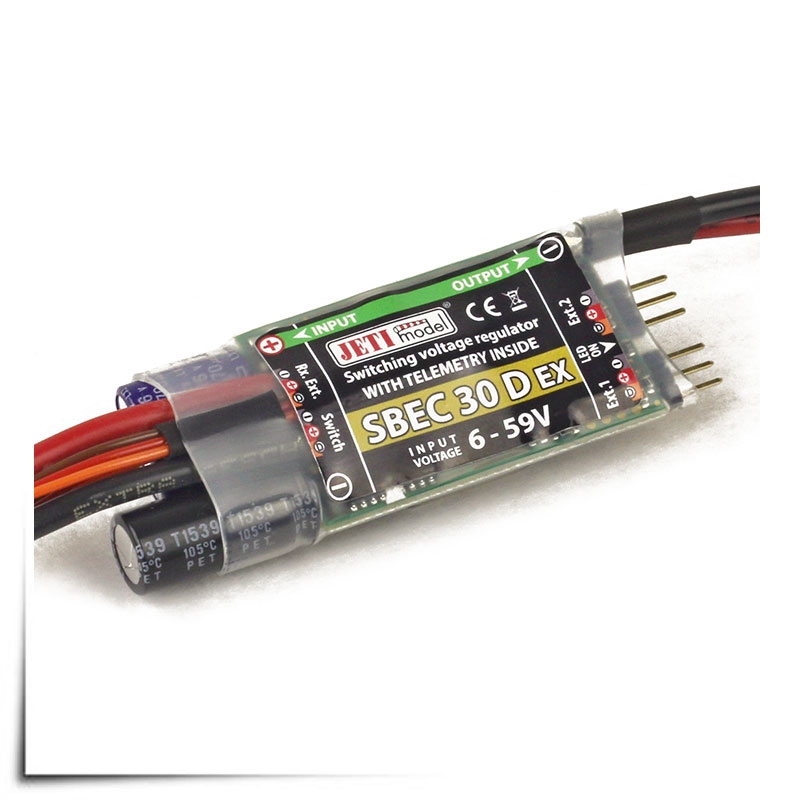
With so many transmitters released, there are bound to be questions about the differences. We have many compression charts between each radio, and compressions between Gen 1 and Gen 2, but it can get convoluted. Here are the differences, just simplified.
Gen 1 to Gen 2 (DS-14/DS-16):
The main differences between the Generation One (G1) and Generation Two (G2) transmitters lie in the color screen and 900MHz capabilities, which are both offered with the G2. The G2 DS-14 comes with active accelerometers, where as the G1 offers it as an upgrade, and the G2 DS-16 comes with the ability to upgrade modules, where those were not part of the original G1 DS-16 design.
When comparing each model, there are differences when it comes to materials used, number of control inputs, and to what extent the transmitters can be upgraded (purchased modules).
Check out this simple chart for an overview of the differences.

There is no minimum age when it comes to skill sets, and Mr. Nathan Rigby surely proved that last weekend! Nathan, who just turned ten years old, won Best Pilot at the 2023 Weston Park Airshow International in the UK. A trophy for a Birthday Gift, how awesome!
Nathan flew solo in the demos for scale, aerobatic, and 3d flight both during daytime and nighttime! For the demos he flew a Hangar 9 OV-10 Bronco, powered by twin petrol Saito engines and ZDZ powered Extras, with Jeti Boxes 200 and 210. His transmitter of choice is a Jeti DS-12. Way to go Nathan (and Happy Birthday)!
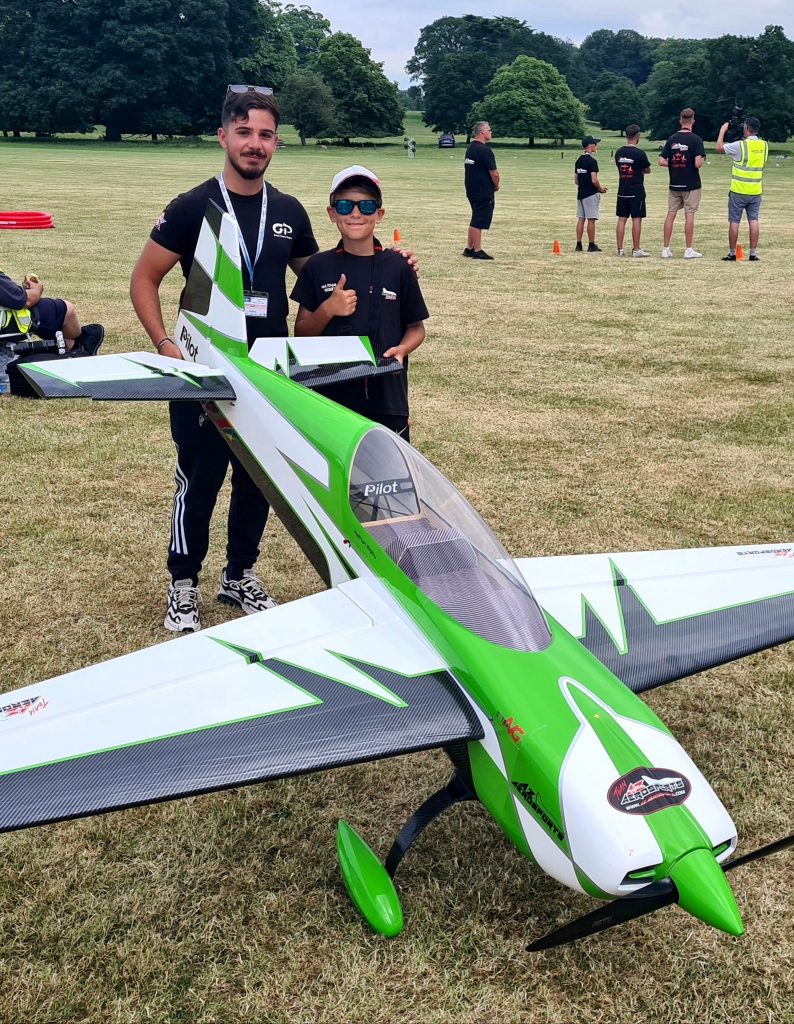
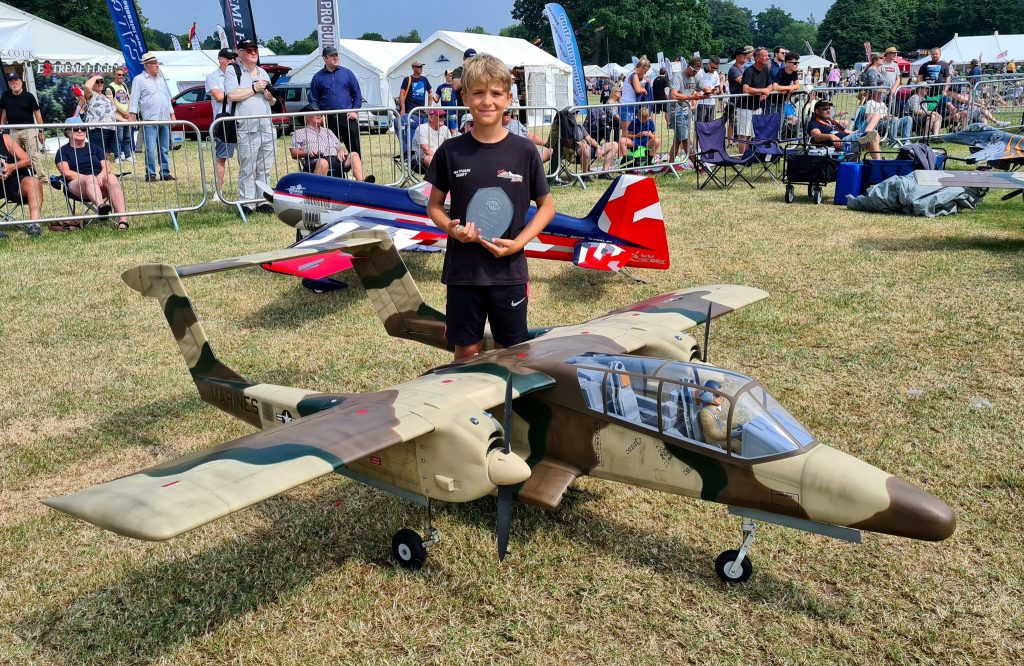
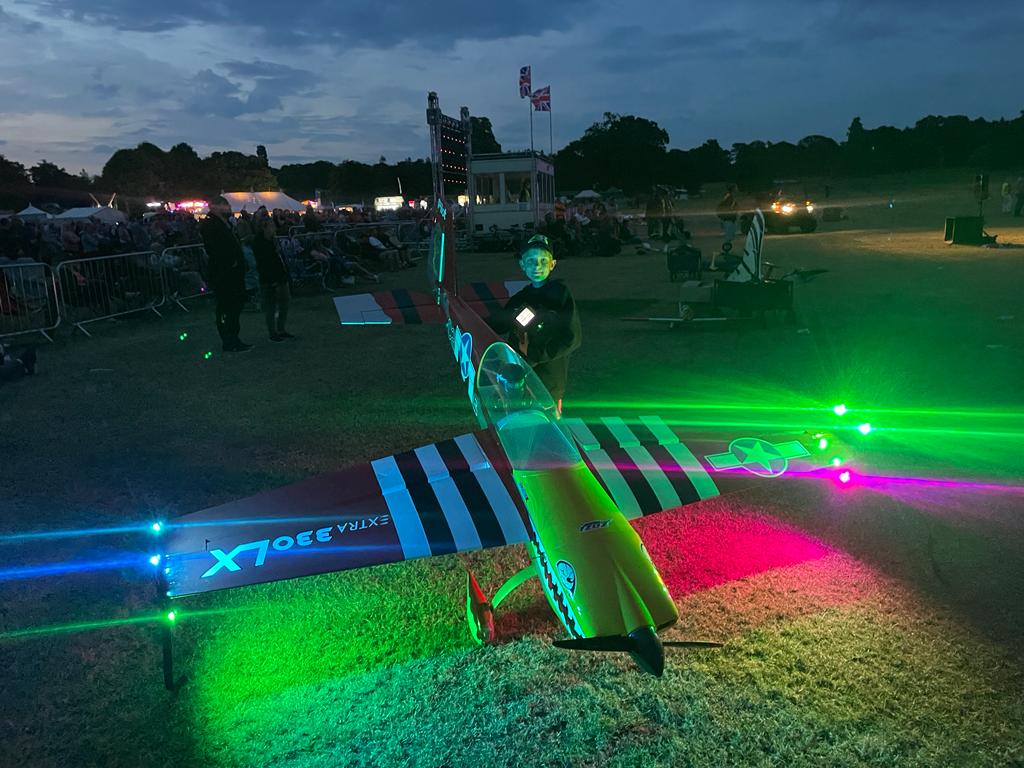
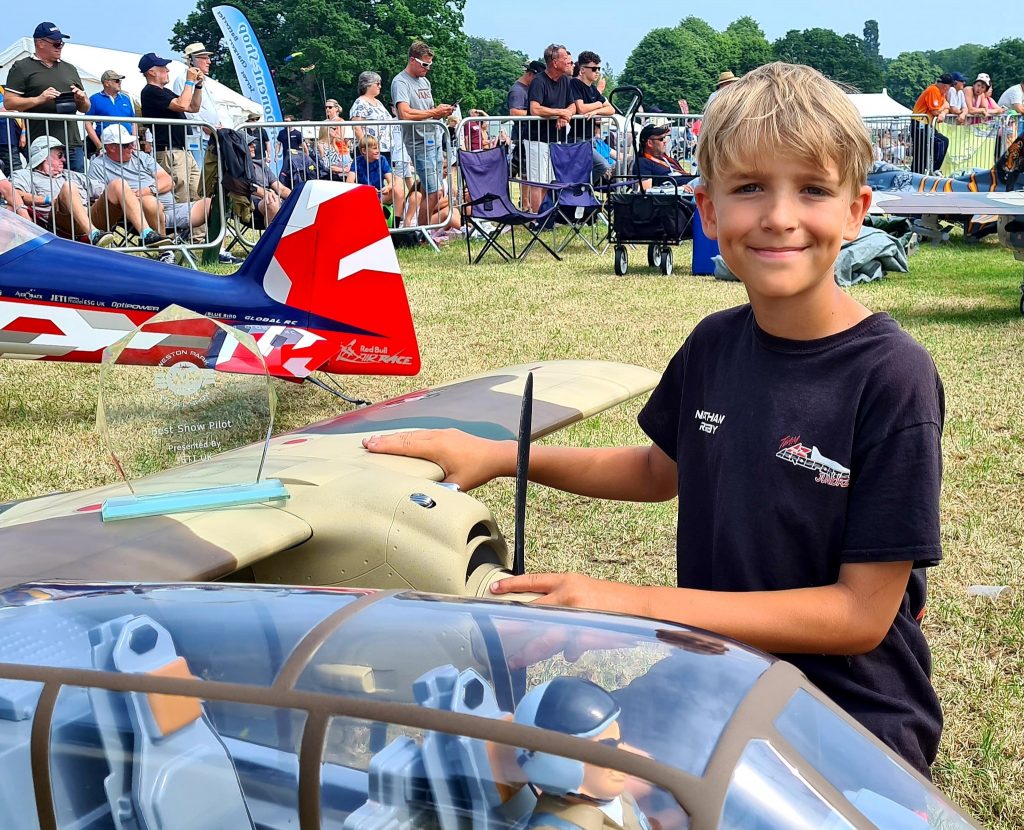
Check out these gems! 3D printed Jeti Rx holders! With five different models, there is one that will fit your Jeti Receiver. Type 9 will even fit your Jeti Central Box 100!
Models include: Type 3 (R3/RSW/900 REX), Type 9 (R7/R9/R11/Central Box 100), Type 14 (R14/R18), Type REX 7 (R7/R7 REX Assist), Type REX 10 (R10/R12 REX Assist).
Check them out here.
